Defense Minister and National Security and Defense Council Secretary discussed the production of weapons
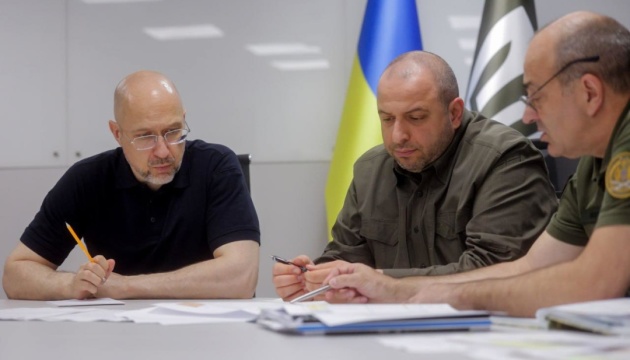

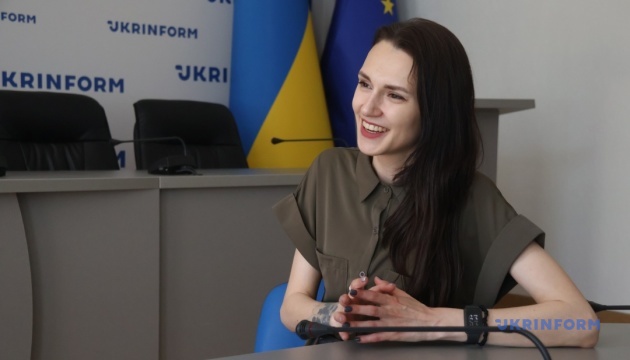
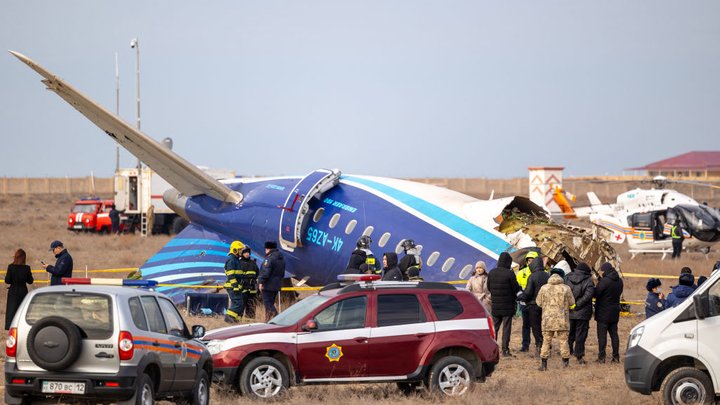
Seven months after an Azerbaijan Airlines plane crashed near Kazakhstan, killing 38 people, President Ilham Aliyev has had enough of Russia’s stonewalling.
Azerbaijan is preparing legal documents for international courts, targeting Russia over what Baku calls the deliberate downing of its civilian aircraft. The move escalates a diplomatic crisis that has simmered since 25 December, when flight J2-8243 was went down near Aktau.
Why the dramatic step? Russia’s investigation has produced nothing but bureaucratic delays, according to President Aliyev.
“Azerbaijan’s Prosecutor General keeps writing to Russia’s Investigative Committee,” Aliyev told reporters, as reported by AZERTAC. “The response is always the same: ‘the investigation continues.'”
But Azerbaijan isn’t buying it. “For us, everything is clear. We know what happened, and we can prove it. And we know that Russian officials also know what happened,” Aliyev said bluntly.
Flight J2-8243 left Baku bound for Grozny, Russia’s republic of Chechnya, that December morning. It never arrived.
Instead, after multiple course changes, the plane crashed hundreds of miles off course near Aktau, Kazakhstan, killing 38 people aboard.
Russian authorities quickly blamed bird strikes and bad weather—fog had closed Grozny airport, they said, forcing the reroute.
The explanation unraveled under scrutiny. Flight tracking data from Flightradar24 showed the plane’s GPS signal had been jammed near Grozny. More damaging: social media photos revealed puncture marks across the aircraft’s tail section that looked suspiciously like shrapnel damage.
OSINT analysts compared the damage patterns to known effects of Pantsir air defense missiles. The same morning, Grozny airport had implemented “Carpet” protocols—emergency closures during Ukrainian drone attacks.
Earlier, Azerbaijan’s President already stated that the aircraft was damaged by external fire, caused by electronic warfare systems that rendered the plane uncontrollable, and ground fire that severely damaged its tail.
Aliyev emphasized that the plane was shot down accidentally by Russian air defenses responding to threats in the area, and he condemned the poor coordination and failure to close Russian airspace.
The Azerbaijani president also dismissed Russian explanations that a Ukrainian drone was responsible. “There were two attacks on the aircraft. So imagine: a Ukrainian drone flies in, targets the Azerbaijani aircraft, hits it, falls, and then attacks again. This is a kindergarten story,” he said.
Meanwhile, Ukraine’s intelligence chief Kyrylo Budanov stated flatly that a Russian missile caused the crash, likely fired during anti-drone operations around Grozny.
Baku has outlined four non-negotiable demands:
Russia’s response? More delays.
Aliyev referenced the decade-long legal battle over Malaysian Airlines flight MH17, which Russia shot down over Ukraine in 2014.
“We are ready to wait ten years, but justice must prevail,” he said.
Only in 2025, after more than ten years, the European Court of Human Rights (ECHR) issued a historic ruling holding Russia responsible for the downing of MH17, recognizing Russia’s effective control over separatist territories.
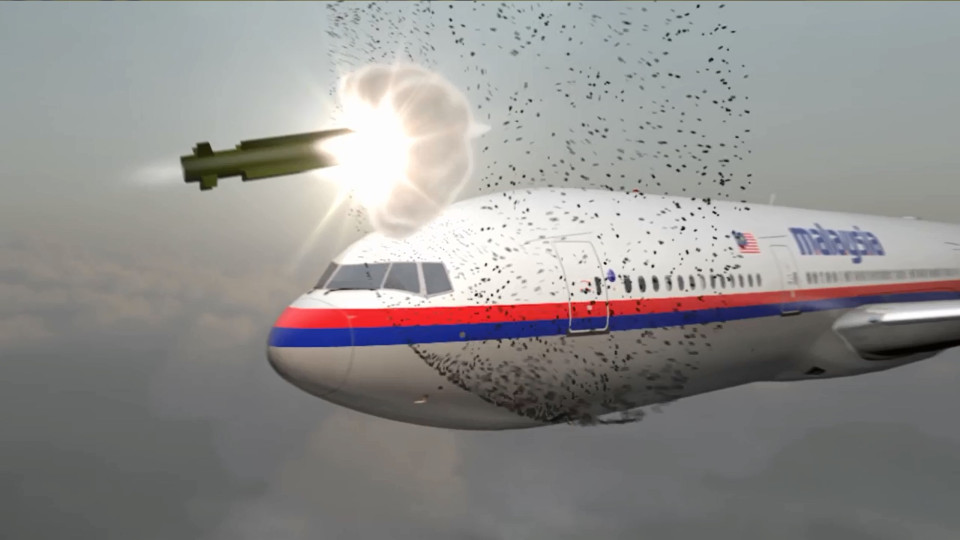
In February 2025, Azerbaijan also officially expelled Rossotrudnichestvo, the main Kremlin propaganda and soft power agency, from its territory, citing the protection of national interests and refusal to tolerate external interference. Azerbaijani authorities took control of the agency’s headquarters in Baku, the so-called Russian House, after discovering it operated without proper registration.
Rossotrudnichestvo, known for orchestrating pro-Russian rallies and suspected intelligence activities, was seen as an instrument of Kremlin influence and disinformation.
Azerbaijan expressed growing tensions and openly criticized Russia, including suspending cultural events linked to Russia and detaining Russian journalists suspected of intelligence activities, so their relations have sharply deteriorated.
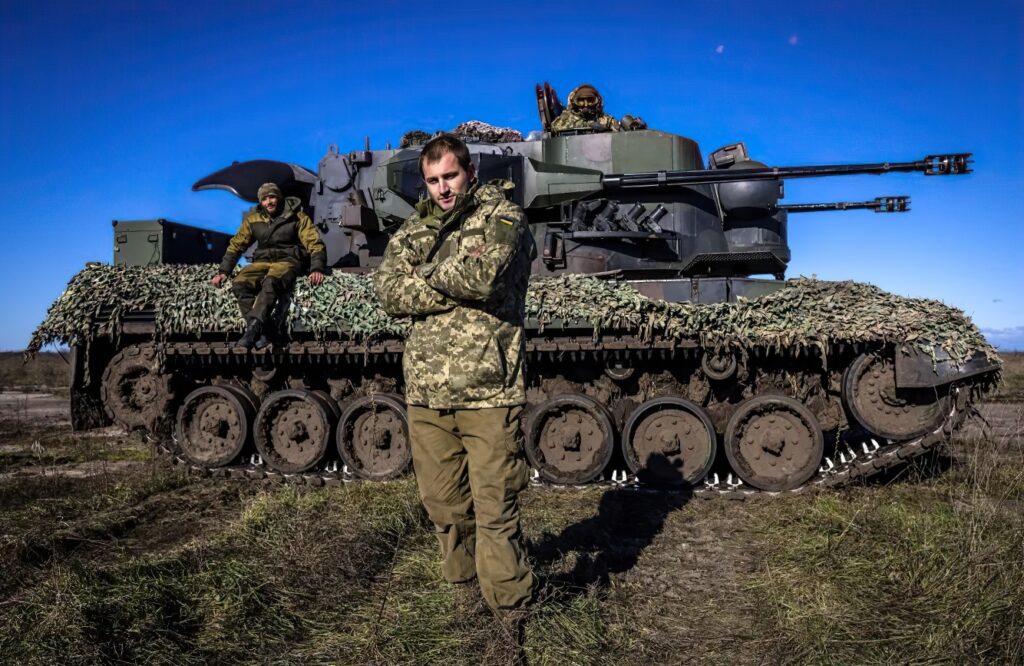
An anti-aircraft vehicle from the Cold War is enjoying a dramatic second career in Ukraine—as a top killer of Russia’s Shaheds.
As the barrages of Shahed drones get bigger, more frequent and more destructive in Ukraine, it’s becoming clear which Ukrainian-operated weapons work best against the 200-kg drones, each hauling a 90-kg warhead thousands of km under satellite guidance.
German-made Gepard self-propelled anti-aircraft guns, or SPAAGs—each armed with a pair of radar-cued 35-mm Oerlikon autocannons—are some of the most efficient defenses against the Shaheds. “Automated 35-mm gun systems produce dense projectile clouds,” pointed out a Ukrainian air-defense developer who goes by their nom de guerre “Alchemist.”
Ukraine’s scores of Gepards, along with a much smaller number of more modern Skynex guns, “provide critical mid-range defense” against the devastating Shahed raids, swatting down the drones from a few kilometers away. “A German Gepard with twin 35-mm Oerlikon cannons once shot down multiple drones with a single burst,” Alchemist recalled.
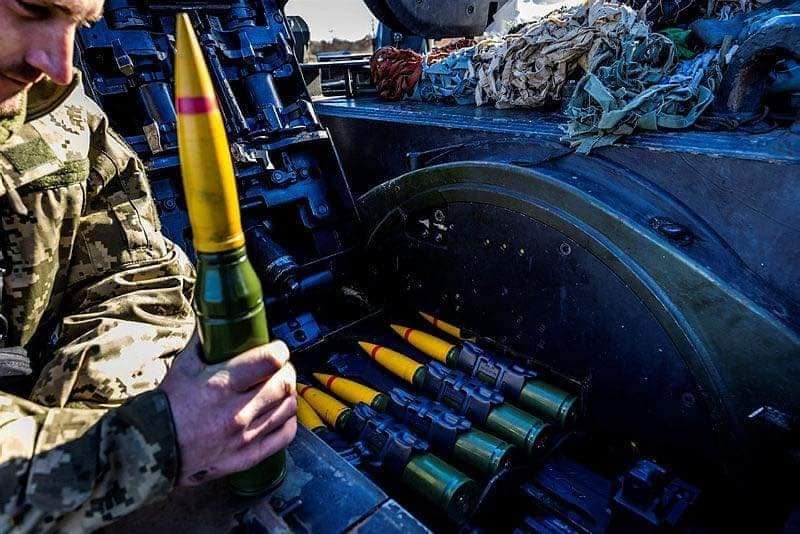
Russia’s Shahed attack drones are relentlessly striking Ukrainian cities. Defeating the normally propeller-driven drones is “the highest priority” in Kyiv, according to Taras Tymochko, a representative of the Come Back Alive foundation.
Since launching the first Shahed at Ukraine nearly three years ago, Russia has launched tens of thousands of the explosive drones: around 29,000 in all so far, according to Ukrainian analysts. A single Shahed may cost between $50,000 and $150,000.
The pace of the drone attacks is increasing. The scale, too. An attack on July 4 involved 539 Shaheds and decoy Shaheds, according to the Ukrainian air force. The air force claimed it shot down 268 of the drones, while another 208 flew off course, likely owing to Ukrainian jamming systems, which can interfere with the radio signals connecting the drones to their navigation satellites.
Despite the defensive effort, 63 Shaheds struck, damaging buildings and killing and wounding civilians. Six days later on July 10, 397 Shaheds swarmed in. Twenty-nine got through that time. Two days after that on July 12, an incredible 597 Shaheds and decoys droned toward Ukraine. The Ukrainians shot down or misdirected 577 of them. Twenty hit.
The low hit rate doesn’t worry Russian planners. “The Kremlin is willing to lose many Shaheds—about 75% of attacks fail—because mass waves are designed to exhaust air-defense systems,” Alchemist noted.
If Ukrainian forces engaged every Shahed with a surface-to-air missile, Ukraine’s entire stock of missiles could run out in weeks or months.
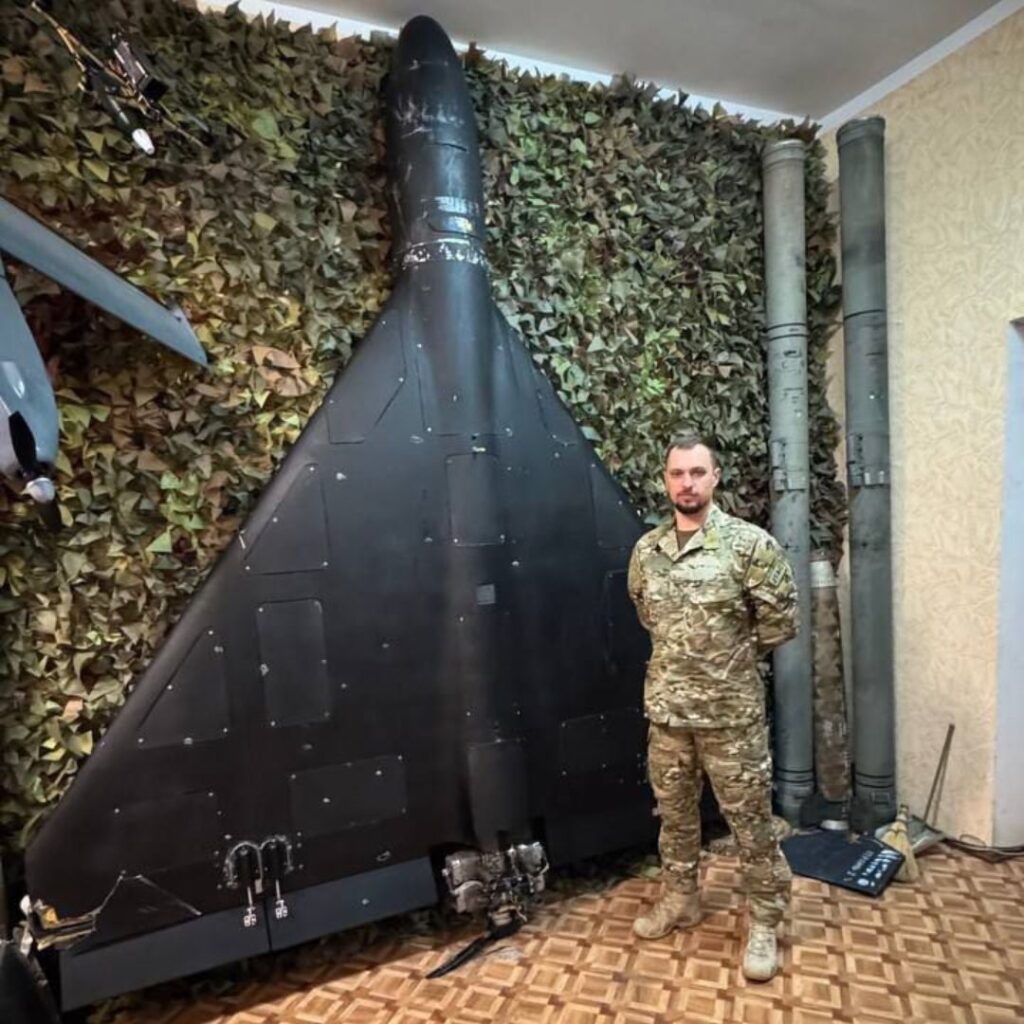
US missile-maker Lockheed Martin assembles around 600 multi-million-dollar Patriot missiles a year; Ukraine wages an intensive diplomatic campaign to ensure its six or seven Patriot batteries always have access to a few of the one-ton, 145-km-range missiles.
Smaller air-defense missiles are cheaper and more numerous, but not by much: The United Kingdom has loaned Ukraine $3.4 billion to buy 5,000 Lightweight Multimission Missiles, each weighing 13 kg and ranging 8 km. That’s more than half a million dollars per missile. A Shahed is far cheaper than even an LMM.
By contrast, Ukraine’s roughly 80 Gepards and nearly identical, ex-Jordanian Cheetah SPAAGs—all German-built but some sent by the United States—are cheap. The vehicles are decades-old, surplus to their original operators’ needs and simple and reliable by today’s standards.

The main cost of operating a Gepard is the cost of its 35-mm ammunition. After sending Ukraine all of its Cold War stocks of Gepard ammo in 2023, Germany paid munitions-maker Rheinmetall $181 million to restart production of the 1.5-kg and produce a fresh batch of 300,000. A handful of rounds is enough to down a drone.
A subsequent German contract paid for another 180,000 rounds that should arrive in Ukraine next year. Ukraine’s Gepards should have enough ammo to blast away every time Shaheds motor across the border.
For a Gepard crew, the cost of shooting down a Shahed might amount to a few thousand dollars. That, and the mobile gun’s accuracy, is why the Gepard is on the front line of Ukraine’s defensive campaign against the Shaheds.
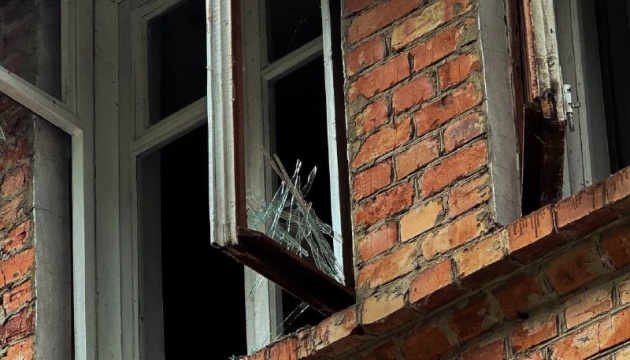
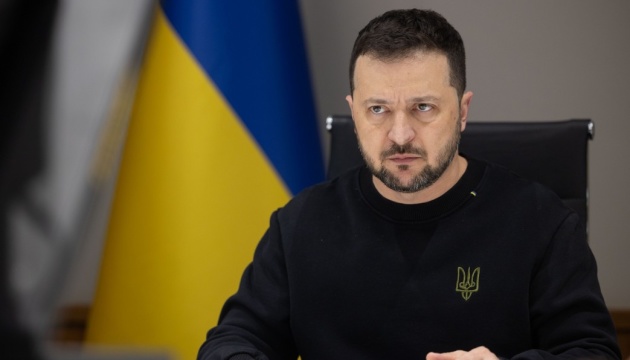

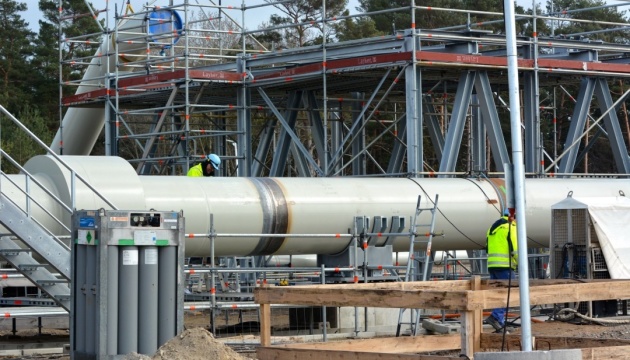

German Major General Christian Freuding urged Ukraine to develop more efficient air defense systems, warning that Russia aims to launch 2,000 drones simultaneously in future attacks.
So far, the largest single drone assault by Russia on Ukraine since the start of the full-scale invasion involved 728 Shahed-type and decoy drones, alongside 13 missiles, and occurred on 9 July.
Speaking on the Bundeswehr program “Nachgefragt,” General Freuding highlighted the economic disparity in current defense methods. The former chief military coordinator of German aid to Ukraine noted that using Patriot missiles costing over 5 million euros to intercept Shahed drones worth 30,000 to 50,000 euros represents an unsustainable approach.
“We must consider intelligent countermeasures,” Freuding stated, advocating for defensive systems priced between 2,000 and 4,000 euros per unit.
The general also suggested preemptive strikes targeting Russian aircraft, airfields, and military-industrial facilities as an alternative strategy. Ukraine has already demonstrated this approach works.
In response, Ukraine is rapidly accelerating the development and deployment of low-cost interceptor drones to counter increasingly frequent Russian drone attacks, especially the Iranian-designed Shahed kamikaze UAVs.
They’re capable of shooting down about 70% of incoming threats, nearly doubling the success rate of traditional mobile fire teams.
President Zelenskyy emphasized that while the technology is proven, Ukraine urgently needs international financial support to mass-produce and deploy these interceptors to defend against the escalating drone assaults.
In June, Ukraine received a significant $4 billion boost from the G7 summit to accelerate the mass production of these advanced drone interceptors. Four Ukrainian companies are engaged in developing these interceptors, two showing notable success, with large-scale production agreements secured with Germany and Canada.
The top Ukrainian UAV commander Robert Brovdi (aka Madiar) stated earlier that the war with Russia will continue beyond 2025, as Russian forces still send more infantry than Ukraine can destroy, while Ukraine faces shortages in mobilization resources and numerical inferiority.
He emphasized that “everyone who wanted to fight is already fighting,” so Ukraine’s strategy is shifting towards replacing infantry with unmanned ground-based drones and constructing a massive, multi-layered “drone wall” to intercept incoming Russian attacks. His Drone Line project aims to create a 10-15 kilometer “kill zone” to prevent enemy advances and includes boosting domestic production of drone munitions.
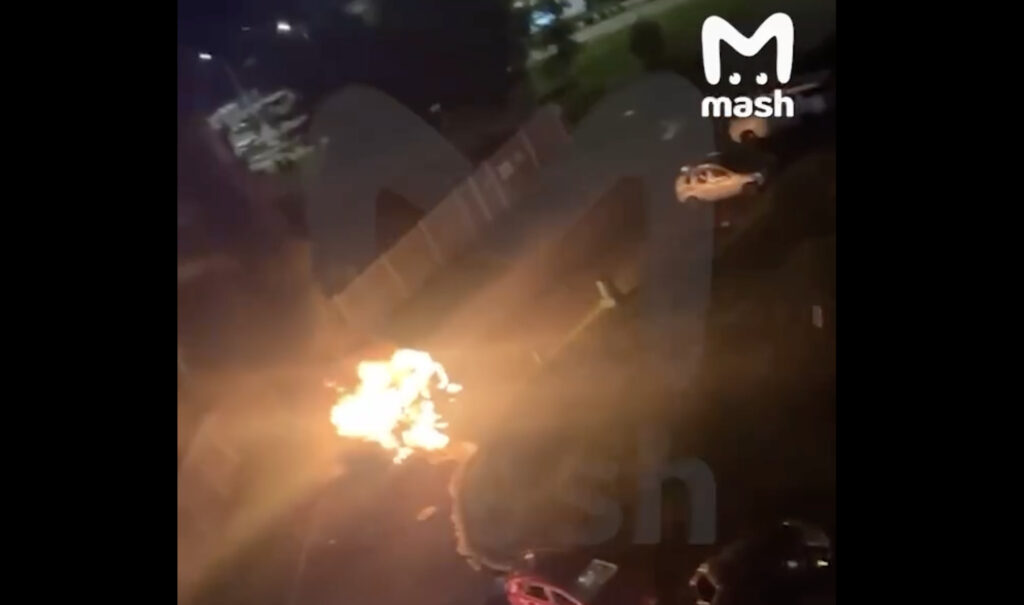
On the night of 20 July, drones targeted multiple Russian regions, including Moscow, in what officials described as the most significant drone assault on the capital since early May.
Russian air defenses shot down 19 drones over the Moscow Oblast during the overnight assault, with debris igniting vehicles and striking the upper floors of a residential building in the suburb of Zelenograd, according to the Russian Ministry of Defense.
In total, 98 Ukrainian drones were intercepted across eight regions during the 20 July attack.
According to Russian news agency Agentstvo, Telegram channels linked to Russian security forces shared video footage of the burning cars and building damage. However, it remains unclear where the drones were heading exactly before their fragments hit civilian areas.
Moscow faced one of the heaviest drone attacks since May.
— Euromaidan Press (@EuromaidanPress) July 20, 2025
Russia claims:98 drones intercepted in total across 8 regions.
19 shot down over the Moscow Oblast
Debris from the intercepted aircraft struck the upper floors of a residential building and ignited cars in the… pic.twitter.com/v4z6Jk6Wq8
“There were no serious damages or casualties,” Moscow Mayor Sobyanin stated, according to reports from Russian media outlets.
However, the attack significantly disrupted air traffic across the region, with authorities implementing flight restrictions at four major airports: Domodedovo, Sheremetyevo, Vnukovo and Zhukovsky. Additional restrictions affected airports in Yaroslavl, Nizhny Novgorod and Kaluga. Russian aviation authority Rosaviatsia reported that 134 flights were diverted to alternative airfields due to these safety measures.
According to Russian Telegram channel Astra, passenger crowds formed at Sheremetyevo airport, though Rosaviatsia’s press service disputed claims of significant passenger accumulations at Vnukovo airport.
This marks the ninth day Moscow has faced drone attacks since early July, representing a significant escalation in Ukraine’s aerial campaign against the Russian capital.
Meanwhile, Russian forces launched widespread drone attacks across several Ukrainian regions on the night of 20 July, using 57 Shahed drones and decoy aircraft, resulting in at least one civilian death and several injuries while causing extensive damage to residential areas.
The deadliest incidents occurred in Sumy Oblast, where a 78-year-old woman died and three homes were destroyed, and rescue efforts were hampered by follow-up Russian strikes targeting first responders.
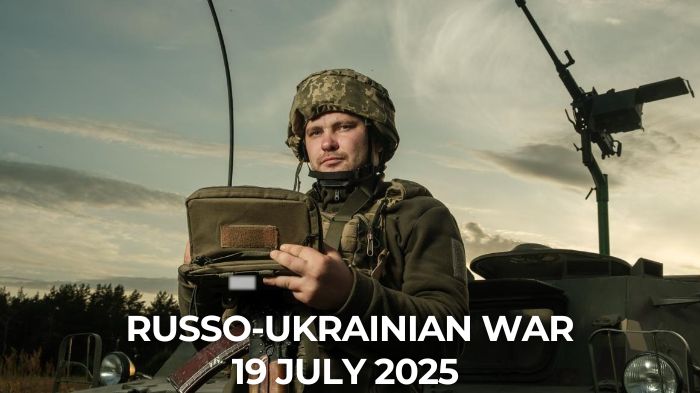
| The punch that dropped Dubois was named Ivan. Usyk’s whole life is that weird.. While you were watching Usyk flatten Dubois, you probably missed the wildest fact about boxing’s new favorite champion. |
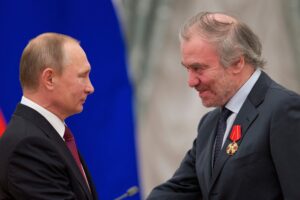 |
Italy’s giving a concert for Putin—and Europe is paying. Banned everywhere else, Putin’s favorite conductor Gergiev finds European taxpayers willing to fund his comeback in Campania |
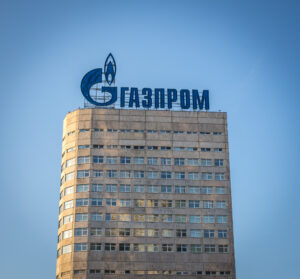 |
Hackers erased Gazprom’s digital brain in catastrophic cyber strike, HUR source says. Ukrainian operatives reportedly wiped servers, clouds, and backups, crippling the control systems of Russia’s gas empire. |
 |
Ukraine’s war cabinet was hit by a perfect storm. Zelenskyy just hit reset. Ukraine just overhauled its government for the first time since Russia invaded. No one voted. |
 |
Ukraine nationalized its way out of crisis—now it can’t stop making money. The emergency worked too well. And that’s actually a dangerous thing. |
HUR drones hit eight Russia’s air defense radars and launchers near Donetsk — video shows strikes. Intelligence operators destroyed five high-tech detection systems built for complex airspace defense, and two S-300V launchers.
Russian saboteurs tried to sneak into Donetsk’s Pokrovsk—Ukrainian troops erased them, Syrskyi says. Ukraine’s defenders reportedly spotted and eliminated a Russian sabotage group during a failed incursion into the city.
Drone barrage targets Moscow and Rostov — fires, outages, train delays follow. No significant damage to any key asset has been confirmed. Power was knocked out in several settlements, and train stations were paralyzed for hours in stifling conditions.
Ukraine’s new 15-minute bridges: Plastic cubes, no delay, full mobility (video)
. Engineers from Ukraine’s Steppe Brigade are fielding modular plastic bridges that deploy in just 15 minutes, giving troops rapid mobility across rivers in active combat zones.
US plans to develop new cruise missile modeled on Ukrainian war needs and capable to strike targets over 450 km away. The US Air Force’s upcoming LACM will carry a heavy warhead, dodge GPS jamming, and strike targets 450 km away.
NYP: How small Ukrainian factories are building drones that hunt Russian crafts — without draining millions. The NYP tours where engineers are building budget UAVs to overwhelm Moscow’s drone swarms.
British intelligence: Russia moves to erase Ukrainian language in occupied schools. Kremlin pushes a sweeping Russification drive targeting Zaporizhzhia and Kherson oblasts from September 2025.
Australia’s Abrams tanks arrive in Ukraine—first of 49, or most already?. Some outlets say initial delivery; others report the majority of promised armor has landed.
Italy faces backlash for hosting Russian conductor, who backs killings Putin’s regime, at UNESCO World Heritage palace. The July 27 event at the Royal Palace of Caserta has provoked outrage, with Ukrainian groups warning that hosting Putin’s favorite maestro desecrates cultural heritage and insults war victims.
EU declares Georgia’s path to bloc effectively frozen until free elections, as protests rage for eighth consecutive month. The European Parliament backs Georgian protesters, while condemning the suspension of democratic standards.
“He will risk everything in Ukraine”: Putin may be preparing for even harsher war in Ukraine after Trump’s ultimatum. Even with a collapsing economy and the threat of international isolation, Putin is poised to escalate his war. As Foreign Affairs puts it: the Kremlin leader will go to “extreme lengths” to avoid losing in Ukraine.
“I want to help Ukraine as much as I can”: American volunteer James joined Ukraine’s Army to build future. Known by his callsign “Sonechko,” James is part of a legion of foreign volunteers who’ve left their past lives behind to stand with Ukraine—some for justice, some for redemption, some for money.
Europol dismantles pro-Russian cyber army flooding Ukraine and its allies with attacks. A coordinated crackdown wiped out over 100 systems tied to Kremlin-backed NoName057(16) hackers.
ISW: Moscow scrambles to downplay EU’s crushing new sanctions
. Russia’s top officials claim immunity, but signs of economic strain are beginning to show beneath the surface.
In new movie, Czech director takes pro-Kremlin conspiracy theorists , who blamed Zelenskyy for war, to Ukraine. They believed what the Kremlin told them, until they stood amid missile craters and children’s graves.
Zelenskyy honors Ukrainian teenagers who recorded farewell video before being executed by Russians in Berdiansk. “This is death. Guys, goodbye.”
Ukraine remembers linguist Iryna Farion, target of Kremlin’s propaganda, assassinated in Lviv in apparent campaign against Ukrainian voices. On 19 July, Ukrainians marked the first anniversary of the brutal killing of Iryna Farion, a fierce defender of Ukrainian identity and language.
One woman dead, child injured in Odesa as Russia sends 344 drones and 35 missiles overnight. Ukraine intercepted more than 200 aerial targets, but dozens still reached homes, schools, and infrastructure across 12 locations in several regions.
Ukraine swiftly eliminated Russian-ordered killers of SBU colonel in Kyiv, but spy war will continue across globe. SBU Colonel Ivan Voronych was no ordinary officer. He was linked to Nord Stream sabotage and deep strikes in Russia.
Read our earlier daily review here.
You could close this page. Or you could join our community and help us produce more materials like this.
We keep our reporting open and accessible to everyone because we believe in the power of free information. This is why our small, cost-effective team depends on the support of readers like you to bring deliver timely news, quality analysis, and on-the-ground reports about Russia's war against Ukraine and Ukraine's struggle to build a democratic society.
Become a patron or see other ways to support.
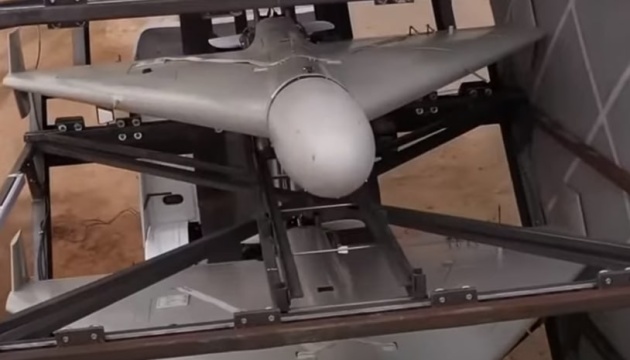

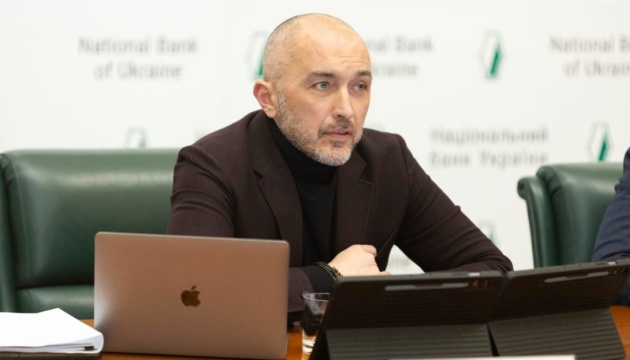

The boxing world witnessed something special last Saturday as Oleksandr Usyk knocked out Daniel Dubois at Wembley Stadium, reclaiming his undisputed heavyweight crown with a left hook he calls “Ivan” – named after a Ukrainian farm worker. But this latest triumph is just another chapter in the wild story of the 38-year-old from occupied Crimea who’s redefined what it means to be a champion.
The knockout victory capped off a remarkable year that saw Usyk twice defeat Tyson Fury, first becoming undisputed champion in May 2024’s “fight of the millennium,” then dominating their December rematch.
After that second Fury fight, boxing fans knew they were watching something special – but Saturday’s performance against Dubois proved Usyk isn’t slowing down.
His journey to the top has been a wild ride – full of unlikely twists, perfect timing, and the kind of determination that turns sparring partners into champions.
Before diving into his story, you need to understand something about Usyk – he’s probably the most entertaining champion boxing has seen in years.
“How do you feel?” asked a journalist before a 2015 fight. “I am very feel,” replied Oleksandr Usyk with a grin, creating boxing’s most endearing catchphrase.Years later, when even Cristiano Ronaldo referenced this moment in conversation with Usyk, the boxer – now much better in English – smiled and repeated his famous phrase. Just for fun. Because that’s who Usyk is.
And those English gaffes? They’ve become part of his psychological warfare. At the pre-fight press conference before the Dubois rematch, Usyk mystified reporters by repeatedly telling Dubois’ team “Don’t push the horses” – a bizarre Ukrainian idiom meaning “don’t rush.” His opponent’s trainer Don Charles finally threw up his hands: “I need a translator.” Classic Usyk, turning linguistic confusion into mind games.
Usyk wasn’t always the star of the show. He was just a sparring partner on the Ukrainian national team back then. But then fate played its hand—one guy got caught doping, another broke his hand, and suddenly Usyk got his shot.
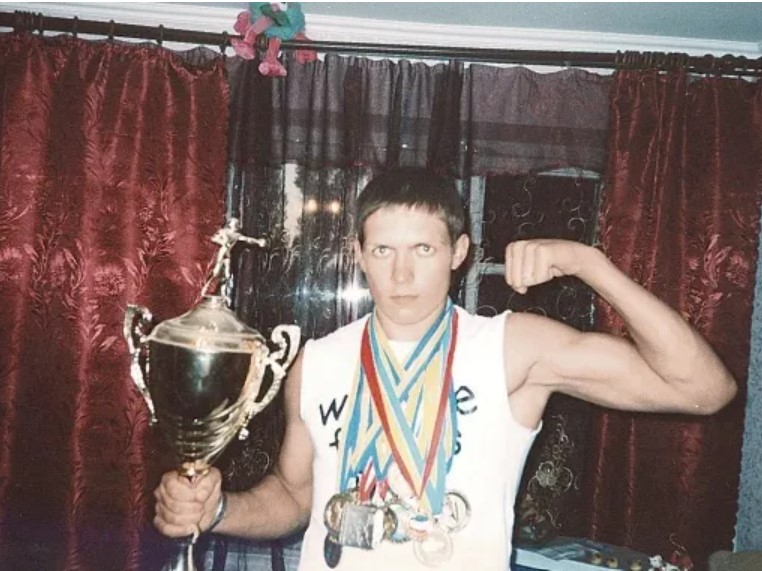
But here’s the kicker – he was fighting guys 7-8 kilograms heavier because he didn’t have time to bulk up. And he was winning.

This pattern of turning challenges into opportunities would define his career. After a disappointing second-round loss to Italy’s Clemente Russo in the 2008 Beijing Olympics, Usyk responded by winning both European and World Championships. The story came full circle at the 2012 London Olympics, where he defeated Russo for the gold medal.
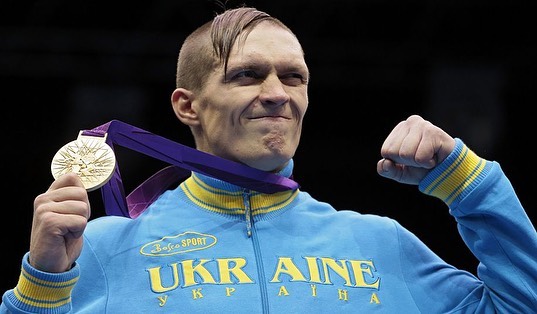
Usyk’s approach to training seems designed to redefine what’s possible. While most people struggle to hold their breath for a minute, this man casually goes without air for 4 minutes and 40 seconds—longer than some sea creatures! While larger dolphins like the bottlenose can stay underwater for 8-10 minutes, Usyk’s lung capacity actually surpasses smaller cetaceans like the Maui dolphin, which typically surfaces every 2-3 minutes.
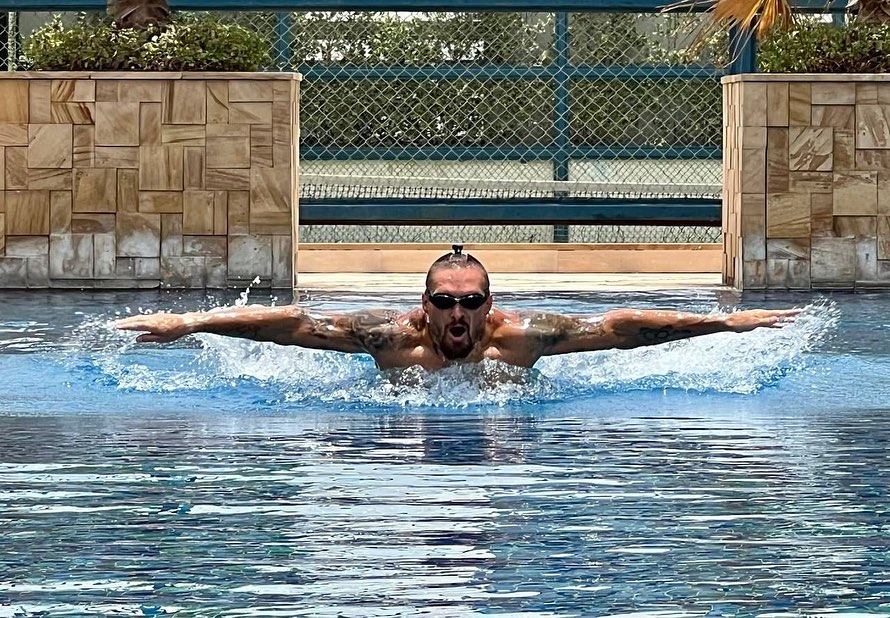
Before fighting Anthony Joshua in Saudi Arabia, he cycled 100 kilometers in 40-degree Celsius heat. He once swam 10 kilometers over five hours before a London press conference. Because apparently, regular training is too mainstream for Usyk.

If you thought Usyk’s training was unconventional, wait till you see his ring entrances. This guy doesn’t just walk to the ring – he turns every entrance into a performance art piece.
For his first clash with Fury in May 2024, he showed up dressed as a 17th-century Ukrainian Cossack warrior. We’re talking full traditional gear inspired by historical leader Bohdan Khmelnytskyi himself.
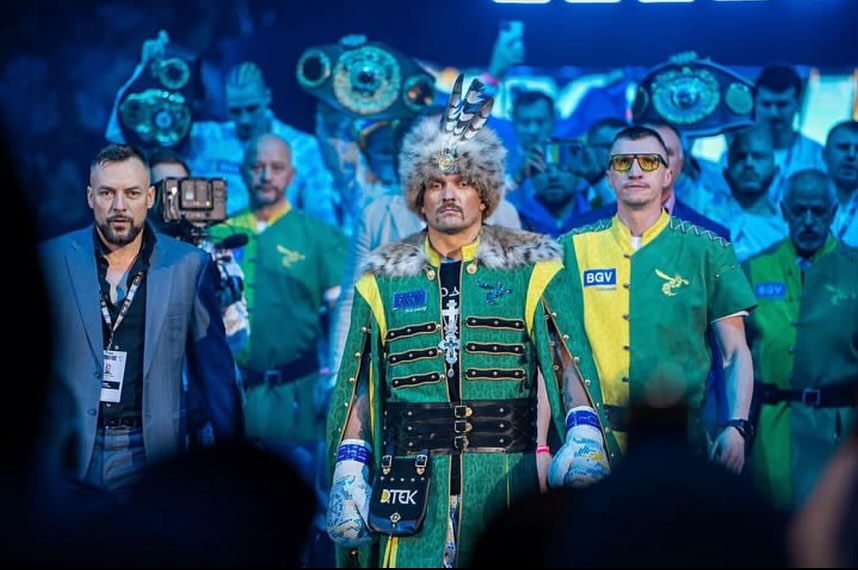
But he wasn’t done yet. For their December rematch, Usyk took things to a whole new level. Picture this: he walks out wearing this incredibly detailed Ukrainian outfit while a live choir belts out an ancient Cossack battle hymn mixed with techno beats. His robe was decked out in blue and yellow patterns with a massive Tryzub symbol – Ukraine’s national emblem. Because apparently, regular entrance music is also too mainstream for Usyk.
After knocking out Dubois with his signature left hook, Usyk explained the cultural significance behind his finishing move. “It’s a punch name, Ivan. Yeah, left hook,” he demonstrated.
“It’s Ukrainian name. Yeah, Ivan is, you know, it’s like a big guy who live in a village and work in a farm. It was a big guy, like a Cossack. What is your name? My name is Ivan. Yeah, it’s a hard punch, yeah.”
The punch that floored Dubois wasn’t just technique – it carried the soul of Ukrainian rural tradition, embodying the strength of countryside workers who’ve always been the backbone of the nation. Minutes after his victory, Usyk dedicated the win to Ukrainian soldiers: “I want to thank all Ukraine, all the guys, who are now defending our country. You allow me to be here now!”
Here’s something most people don’t know: Usyk nearly went to theater school instead of boxing. Boxing won out, but he never abandoned his artistic ambitions. After starting with a role in a 2017 Ukrainian film, The Fight Rules, and voicing cartoon characters, he’s about to hit Hollywood big time.
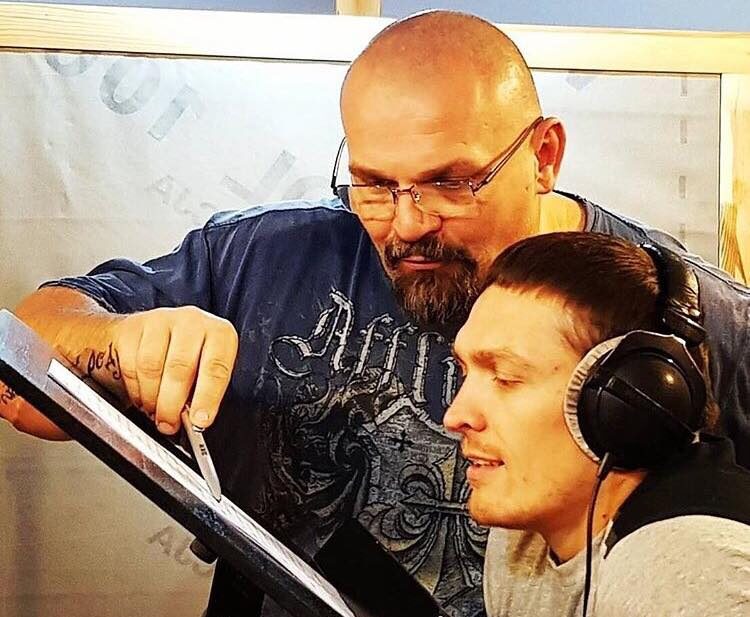
In 2025, you’ll see him alongside Dwayne “The Rock” Johnson in The Smashing Machine, where he portrays a Ukrainian MMA fighter.
Growing up in Simferopol, now Russian-occupied Crimea, young Usyk dreamed of football glory until financial constraints forced him to quit the sport. But his passion never faded.
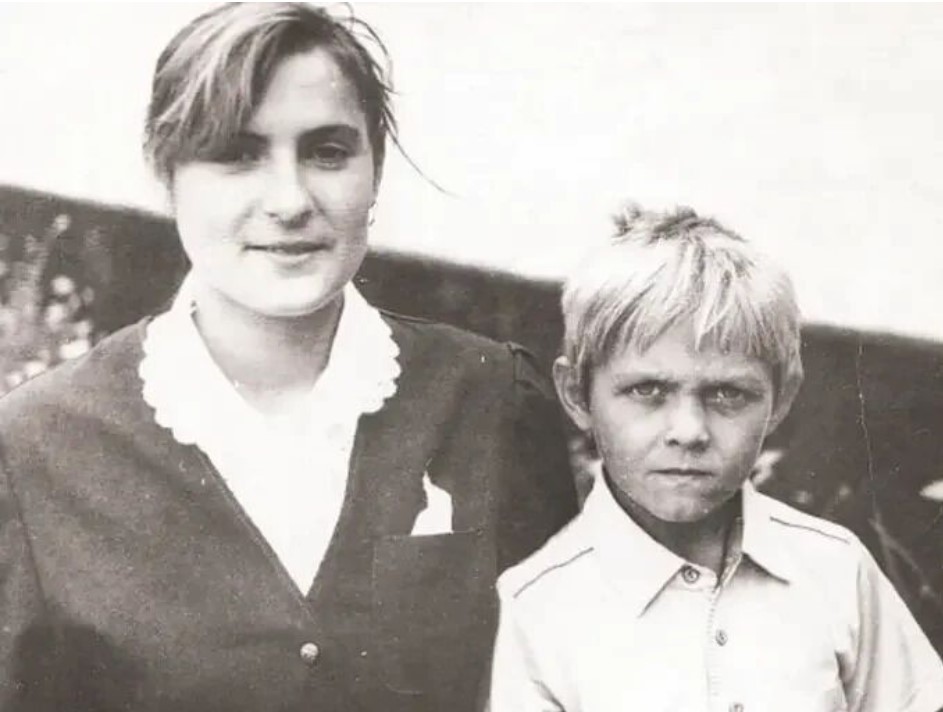
Today, he’s not just a fan—he signed a professional contract with a Ukrainian club, FC Polissia Zhytomyr, and made his debut in 2022.
The recent bout with Fury earned Usyk $114 million, but he isn’t just about boxing money. He’s built a business empire that employs a hundred people. He’s got merchandise lines, a promotion company, and even created a social network for boxers to find sparring partners.

You can’t miss Usyk in the ring – his traditional Cossack hairstyle(the mohawk-like “oseledets”) has become his signature.
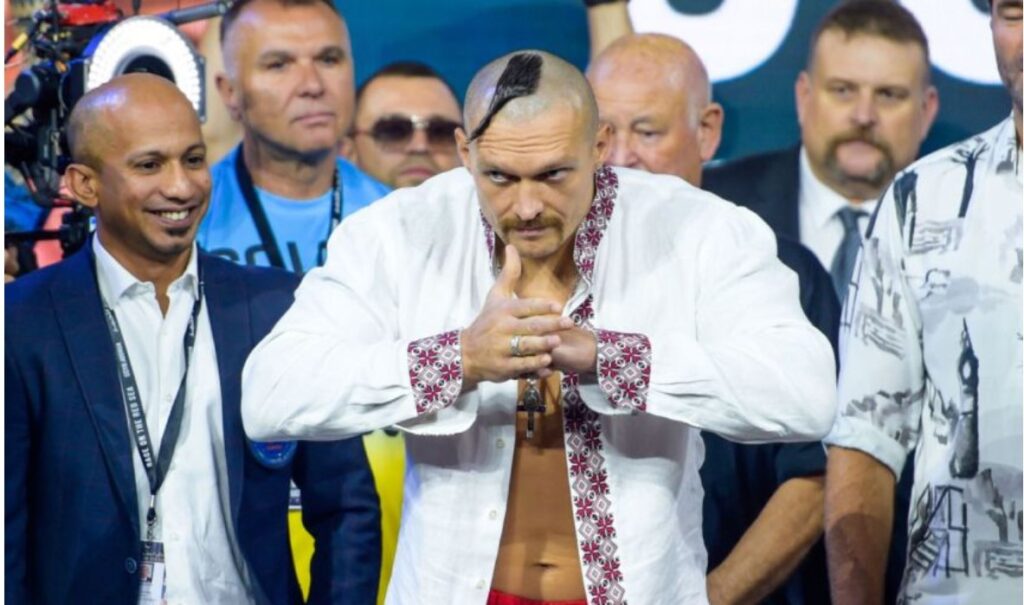
He’s transformed the Ukrainian warrior tradition into a global brand, introducing millions to Ukrainian culture through both his appearance and his victory Hopak dance – as Ukrainian as borsch.
Beyond the ring, Usyk is a family man – a devoted father of four and a man of deep faith. He’s emerged as one of Ukraine’s most powerful voices on the global stage, especially as his country fights against Russian aggression.
******
Here’s another thing about Usyk – he could have had an easier path. When Russia occupied Crimea in 2014, many athletes from the peninsula faced a choice. Some stayed, some took Russian citizenship, some left. Usyk packed his bags and moved his family to Kyiv.
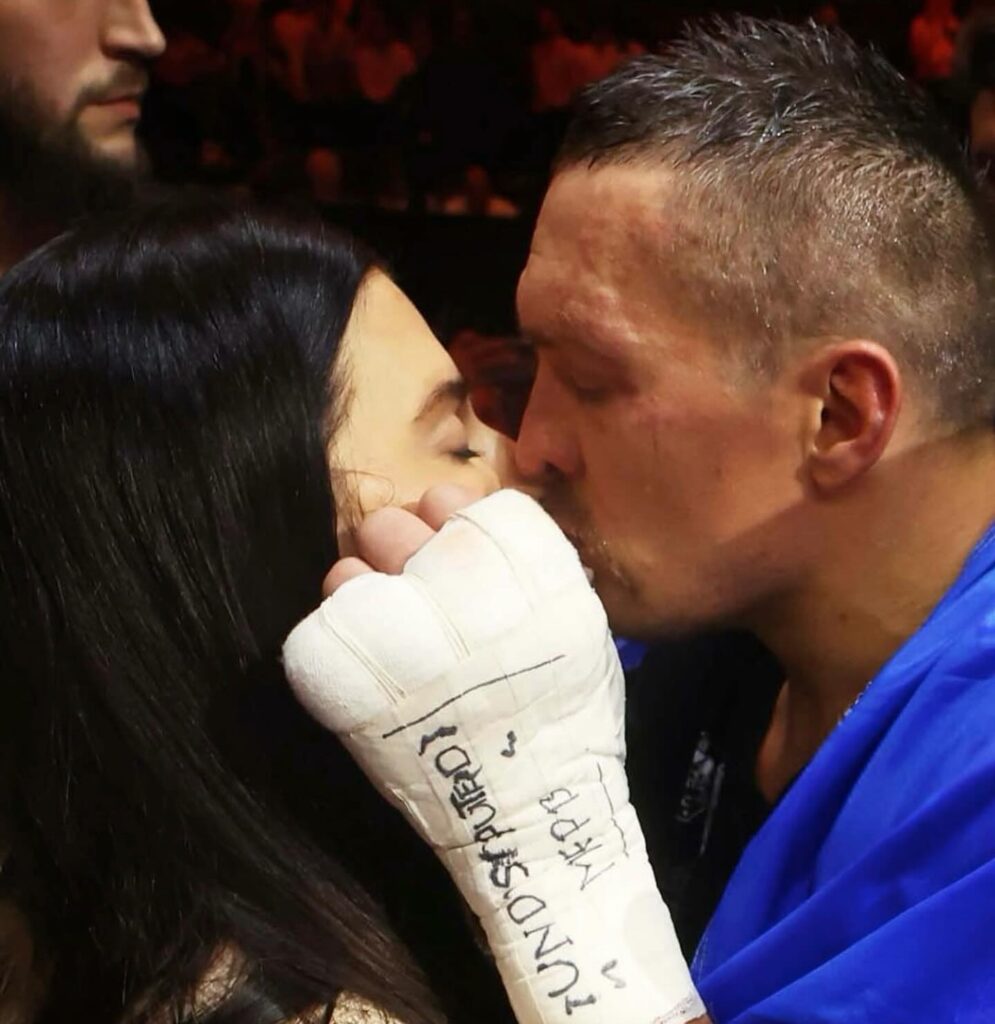
It wasn’t a comfortable choice. He left behind his home, his training base, and many friends. But when asked about it, Usyk answered in his characteristically straightforward way: “I’m from Crimea. But Crimea is Ukraine.” Simple as that.
Now look at him today – strutting into the ring in wildly creative outfits that always feature Ukrainian elements, from traditional patterns to Cossack symbols. It’s not just for show. Every entrance tells the same story: this is who I am, this is what I choose to be – a Ukrainian athlete bringing his nation’s fighting spirit to the global stage.
His latest victory over Dubois at Wembley proved he’s not done making history. At 38, with his undefeated 23-0 record intact, Usyk continues showing the world what Ukrainian excellence looks like – one “Ivan” punch at a time. Very feel, indeed.
Read more:
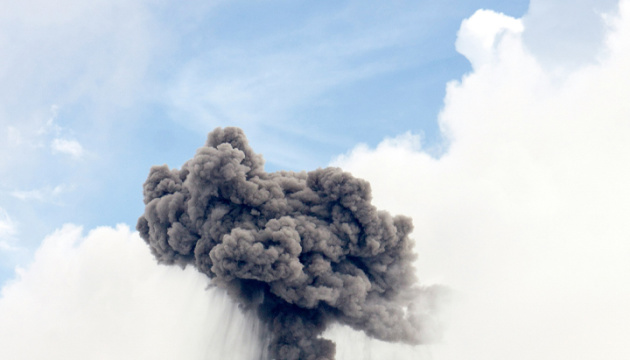
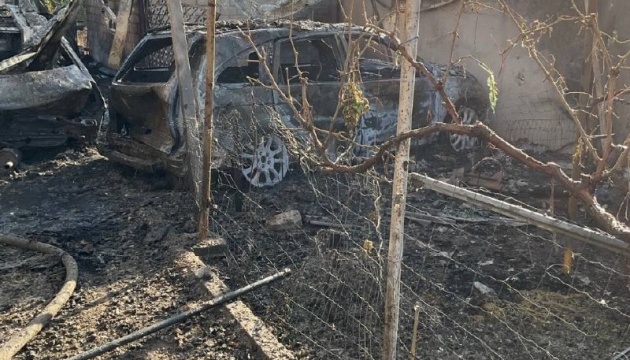
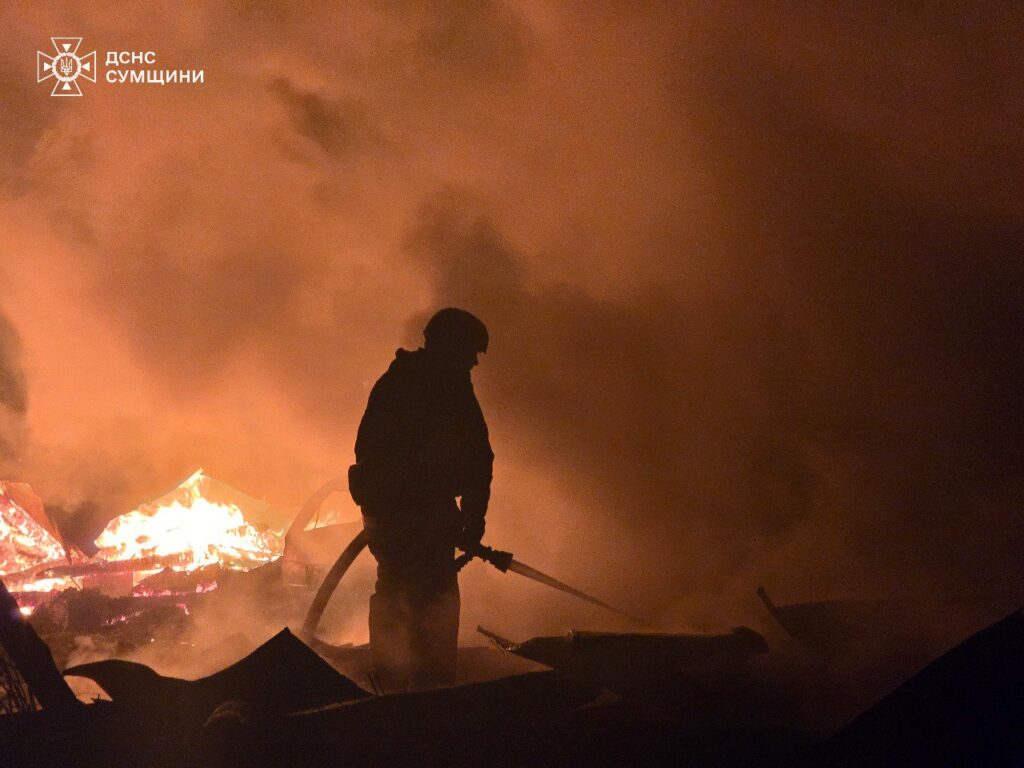
Russian forces conducted widespread drone attacks across multiple Ukrainian regions overnight on 20 July, killing at least one person and injuring several others while causing significant damage to residential areas.
The assault involved 57 Shahed strike drones and decoy aircraft, representing a relatively modest scale compared to Russia’s typical mass drone attacks, which often involve hundreds of aircraft and have reached over 700 drones in a single night.
According to the Air Forces of the Armed Forces of Ukraine, Ukrainian air defenses successfully intercepted 18 of the attacking drones, while electronic warfare systems suppressed or caused the loss of seven additional aircraft. The military reported that 32 drones struck targets across 10 locations, with debris from intercepted aircraft falling in six areas.
The deadliest impact occurred in northeastern Sumy Oblast near the front line, where a 78-year-old woman was killed during a Russian drone attack on residential areas in Svesa community, according to the State Emergency Service. Four strike drones targeted a village, causing three residential buildings to ignite immediately upon impact.
Russian terror campaign against Ukrainian civilians continues.
— Euromaidan Press (@EuromaidanPress) July 20, 2025
On the night of 20 July, Russian drones killed a 78-year-old woman and ignited three homes in a northeastern Sumy village near the front line.
Emergency responders faced dangerous delays because Russian forces… pic.twitter.com/LIeeAgSHJq
Rescue operations faced significant delays because Russian forces conducted follow-up strikes on the same locations where emergency workers needed to operate. Despite the dangerous circumstances and intense fire conditions, emergency personnel successfully extinguished all blazes and prevented the fire from reaching two nearby residential buildings.
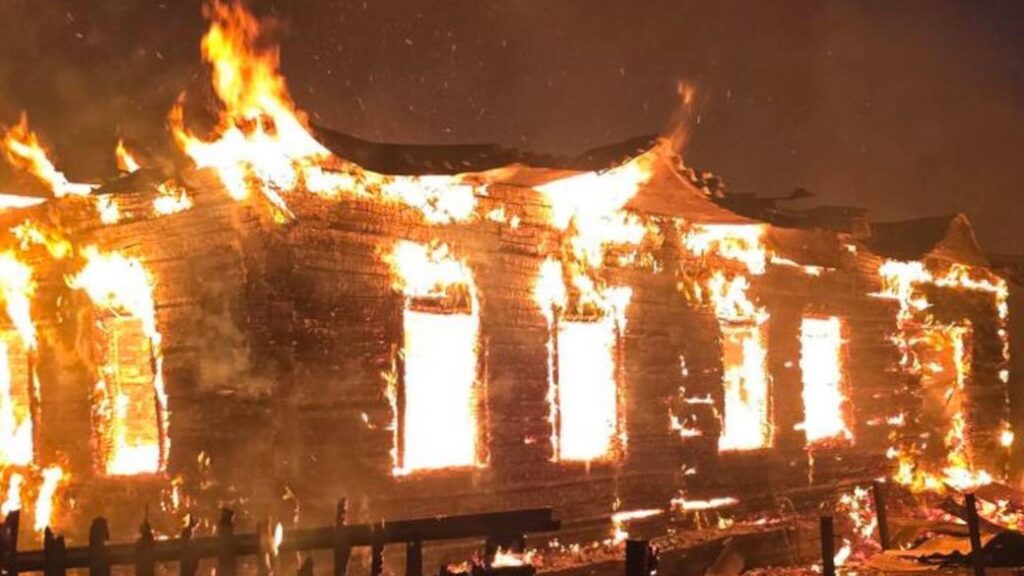
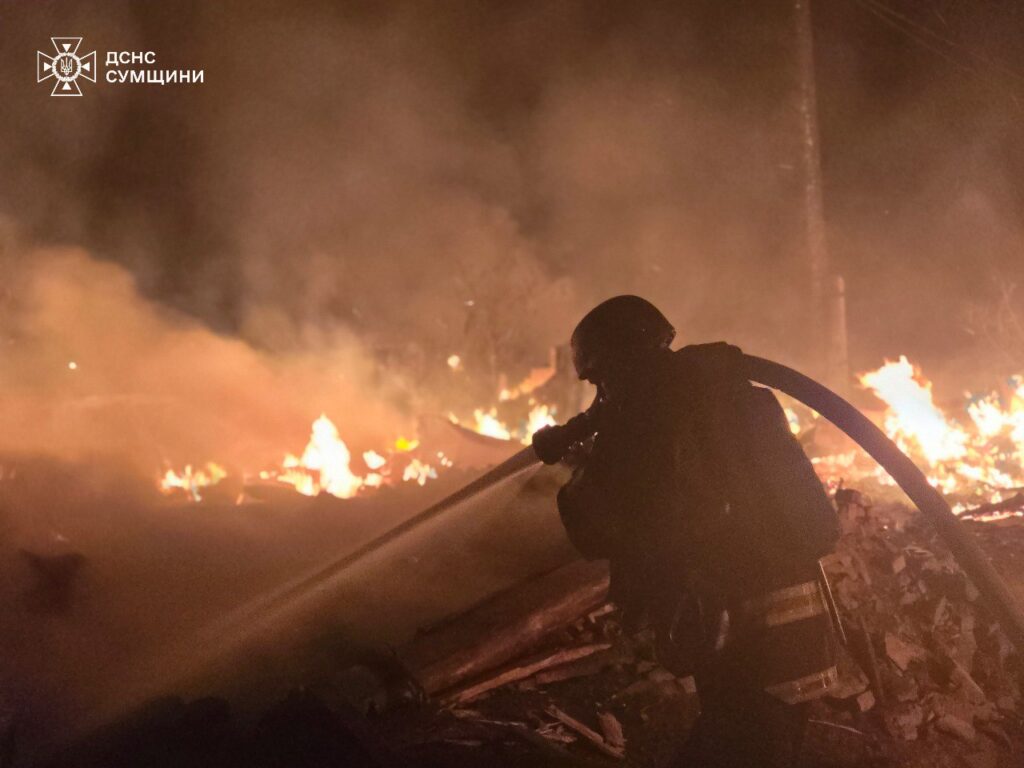
Southern Zaporizhzhia and surrounding areas faced intensive attacks involving at least 14 strike drones and two multiple rocket launcher system strikes, according to Regional Military Administration head Ivan Fedorov. The bombardment damaged seven private residences and caused window and facade damage to apartment buildings, while also sparking multiple fires. A 69-year-old woman sustained injuries in the attacks.
The nearby settlement of Prymorske also came under assault, where a Russian drone directly struck a residential building, injuring two elderly women aged 64 and 73.
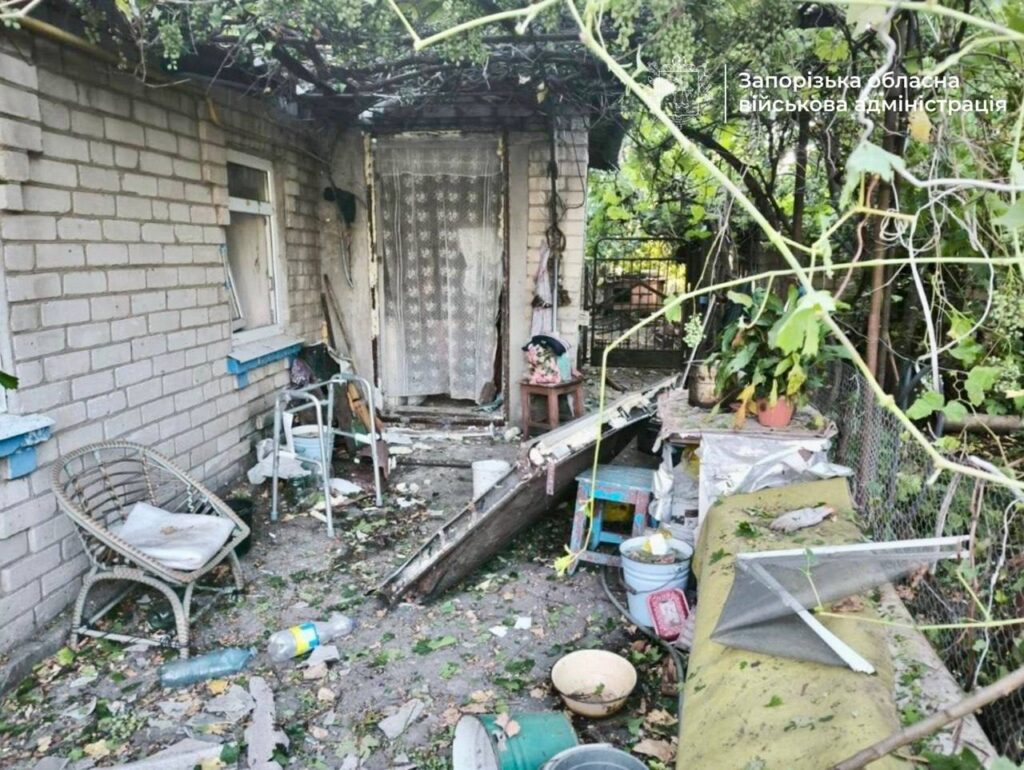
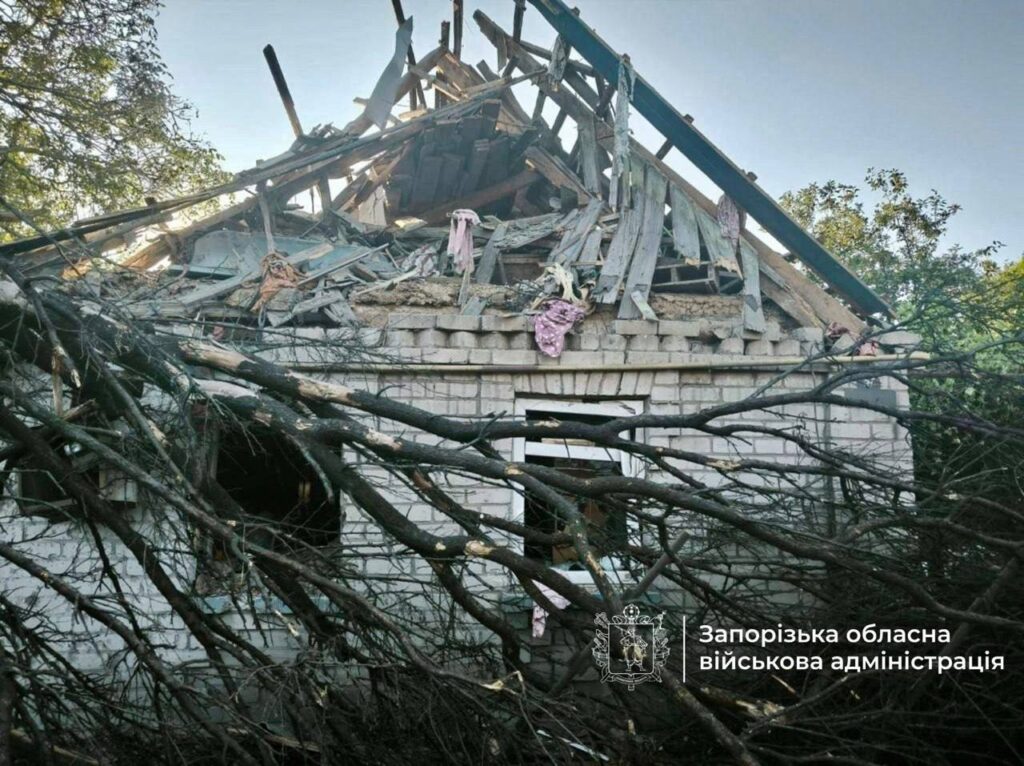
In southern Kherson Oblast, Russian forces targeted the settlement of Zymivnyk, resulting in injuries to a 17-year-old girl and her 51-year-old father, both of whom required hospitalization, according to Regional Military Administration head Oleksandr Prokudin.
“As a result of the enemy attack, the 17-year-old girl sustained explosive and traumatic brain injuries, concussion, and shrapnel wounds to the shin. The 51-year-old man sustained explosive trauma, thermal burns to the chest and poisoning from combustion products,” Prokudin reported. Both victims are receiving medical treatment at local hospitals.
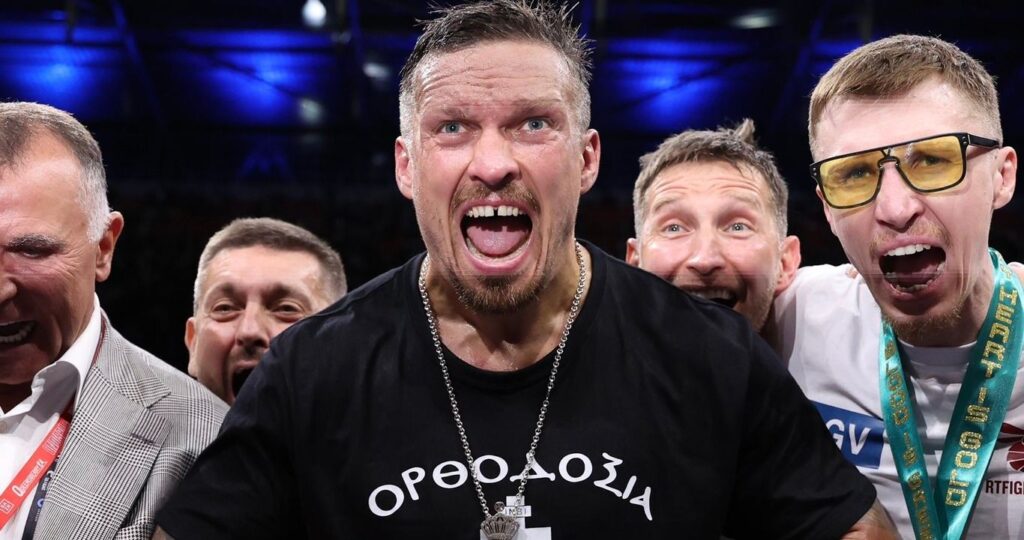
Oleksandr Usyk knocked out Daniel Dubois in the fifth round at Wembley Stadium on 19 July 2025 to become undisputed heavyweight champion for the second time, using a left hook he calls “Ivan” after a Ukrainian farm worker.
The 38-year-old from occupied Crimea achieved something even Muhammad Ali never managed – becoming undisputed heavyweight champion twice in the modern four-belt era. Ali won the heavyweight title three times, but during simpler periods with fewer sanctioning bodies. Usyk’s achievement is rarer: undisputed championships in two different weight classes while navigating boxing’s most fragmented landscape.

Usyk ended the fight with what he calls his signature punch: “Ivan.” Asked about it after the fight, the champion explained why he named his left hook after a Ukrainian everyman.
“It’s a punch name, Ivan. Yeah, left hook,” Usyk said, demonstrating the motion. “It’s Ukrainian name. Yeah, Ivan is, you know, it’s like a big guy who live in a village and work in a farm. It was a big guy, like a Cossack. What is your name? My name is Ivan. Yeah, it’s a hard punch, yeah.”
The left hook that dropped Dubois for the final time carried more than technique – it embodied the kind of strength Ukrainians associate with their countryside, the tough rural workers who’ve always been the backbone of the nation.
Before Usyk entered the ring, another voice from occupied Crimea commanded the stadium. Singer Nadia Dorofeeva performed Ukraine’s national anthem before 90,000 spectators, creating one of those moments where sport becomes something bigger.
Dorofeeva, who gained fame as part of “Vremya i Steklo” before going solo, has become a vocal supporter of Ukraine during the war. Her anthem performance before the fight connected two Crimean natives on British soil, both representing their occupied homeland on a global stage.
Right after winning, Usyk delivered the message that mattered most to him – acknowledging the soldiers who make his career possible.
“I want to thank all Ukraine, all the guys, who are now defending our country,” Usyk said in the ring. “I received many messages yesterday and today as well from various units, who are defending my country on the front line. Guys, Glory to Ukraine! You are incredible! You allow me to be here now!”
The champion’s words connected his boxing triumph directly to Ukraine’s broader fight for survival. While Usyk dominated at Wembley, Ukrainian forces were engaged in combat that determines whether their country continues to exist.
Ukraine’s new Prime Minister Yulia Svyrydenko praised Usyk’s victory as “a triumph of will and discipline,” writing on Facebook:
“Every victory charges us with a good mood. Congratulations, champion! Thank you for everything you do for Ukraine.”
This victory built on Usyk’s historic achievement in May 2024, when he defeated Tyson Fury by split decision to become the first undisputed heavyweight champion since Lennox Lewis in 1999. That fight was massive – finally unifying all heavyweight belts after 25 years of fragmentation.
But Usyk couldn’t keep all four belts. Boxing politics forced him to choose between defending against Fury in their contracted rematch or facing IBF mandatory challenger Dubois. He vacated the IBF title, allowing Dubois to claim it. Saturday’s fight put the championship back together.
The first Usyk-Dubois fight in August 2023 ended controversially when a disputed low blow in the fifth round gave Usyk time to recover before he knocked out Dubois in the ninth. This time was cleaner – Usyk dominated from the start before finishing Dubois decisively in round five.
Usyk’s professional record now stands at 23-0 with 14 knockouts. He’s beaten every top heavyweight of his generation – Anthony Joshua twice, Fury twice, and now Dubois twice. His amateur record of 335 wins and 15 losses included Olympic gold in 2012 and World Championship gold in 2011.
The Ukrainian’s next move remains unclear. At 38, he’s hinted this might be among his final fights. Potential opponents include another Fury trilogy fight, or mandatory challengers from various sanctioning bodies.
Usyk’s journey represents something larger than boxing success. When Russia occupied Crimea in 2014, many athletes from the peninsula faced difficult choices. Usyk packed up his family and moved to Kyiv, choosing Ukrainian identity over convenience.
His ring entrances always feature Ukrainian elements – traditional patterns, Cossack symbols, his distinctive “oseledets” haircut. It’s not performance; it’s identity. Every fight becomes a statement about what he chooses to represent.
Saturday’s victory delivered another moment of Ukrainian excellence during wartime, proving that Ukrainian athletes continue performing at the world’s highest levels while their country fights for survival. For Ukrainian fans watching globally, Usyk’s left hook named “Ivan” carried the strength of their rural traditions straight through a British opponent’s guard.
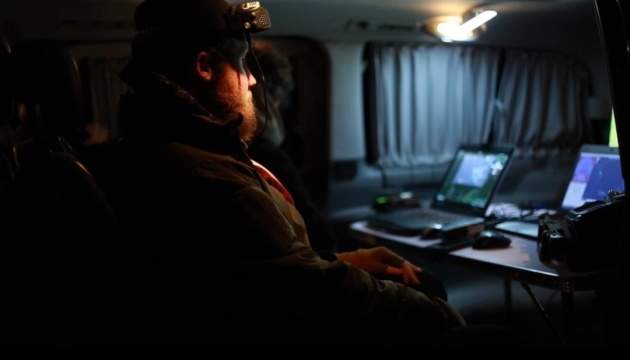
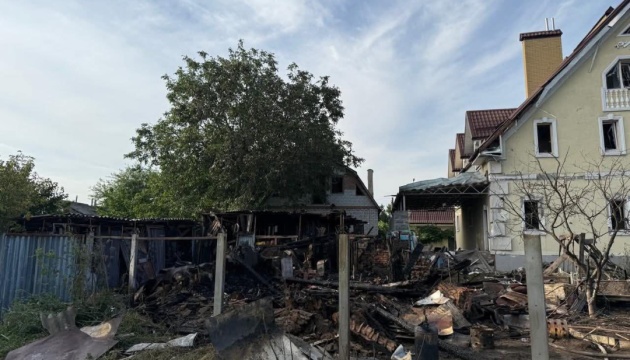
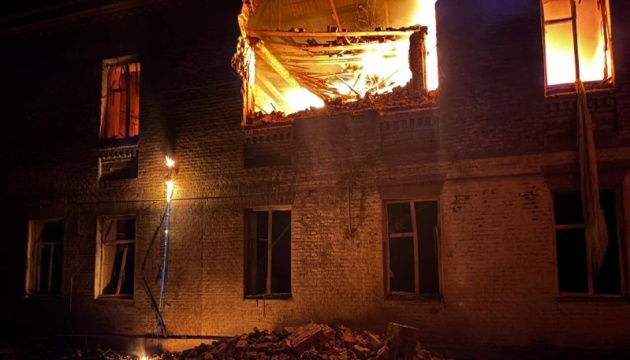
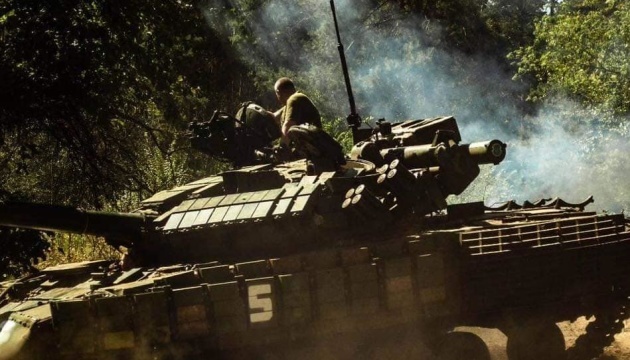

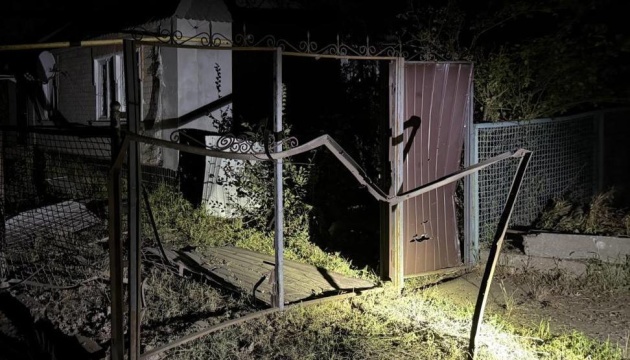
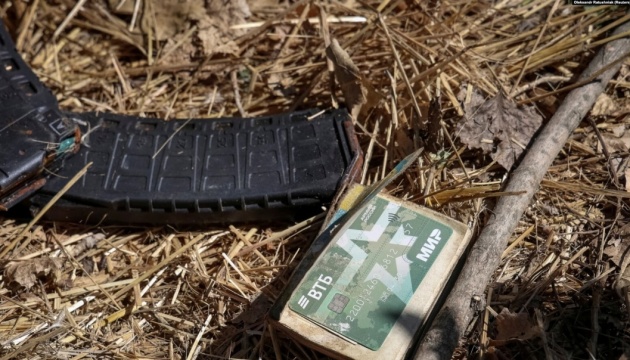
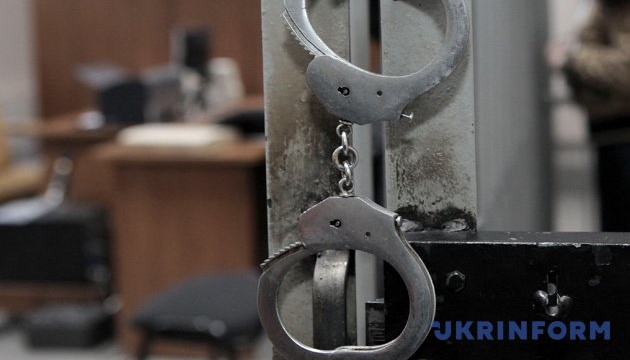
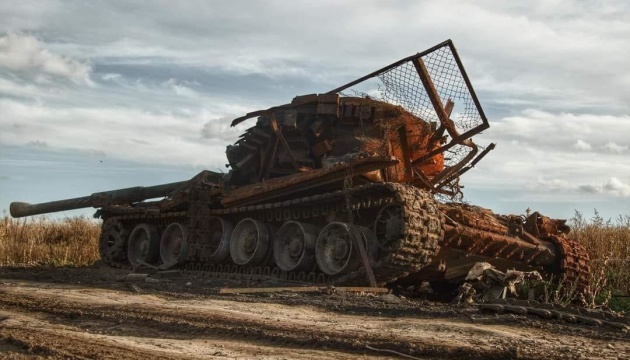
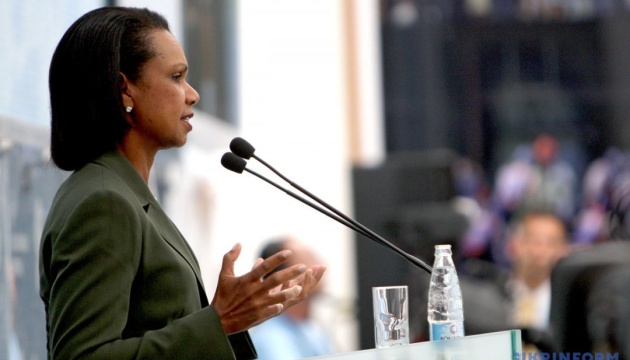

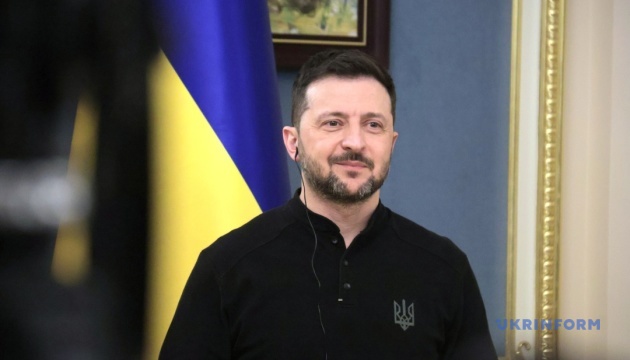
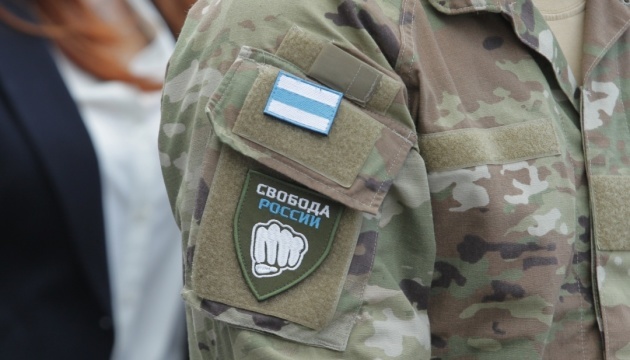


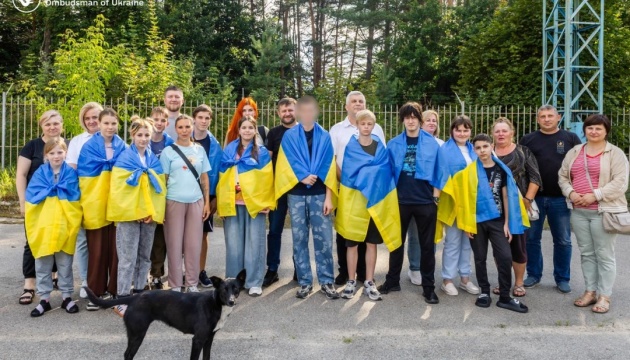
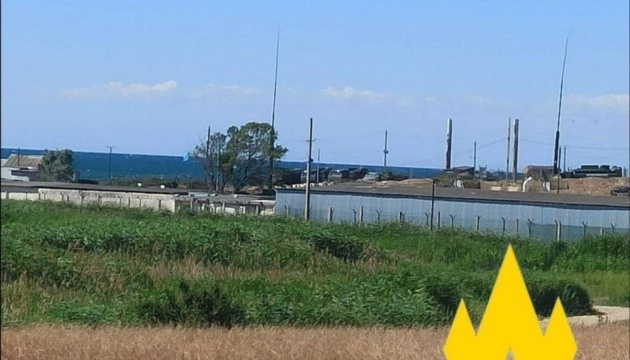
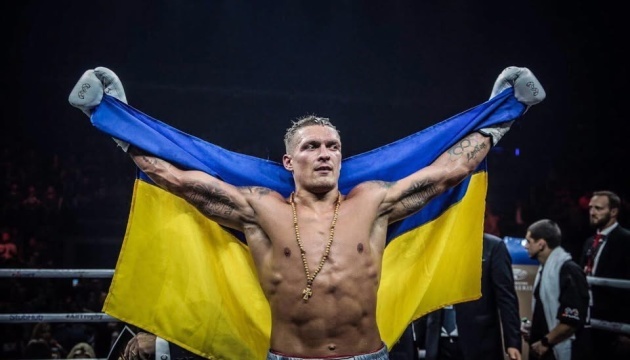
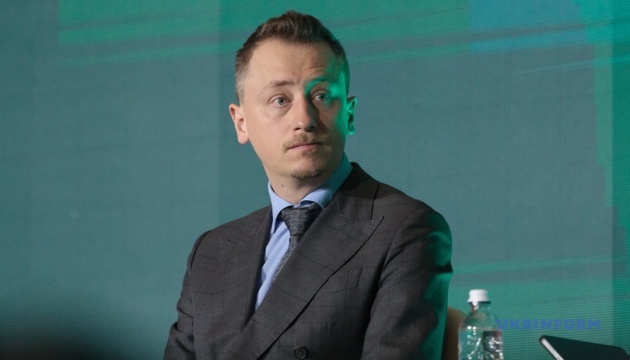
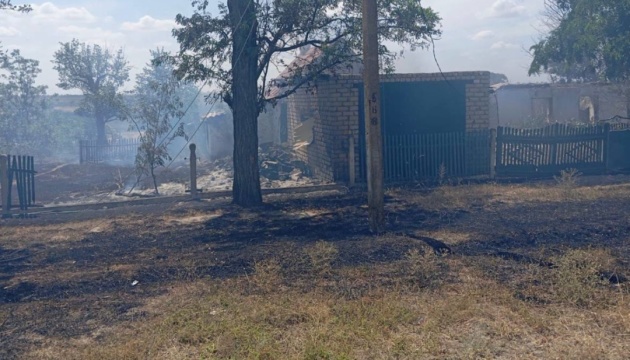
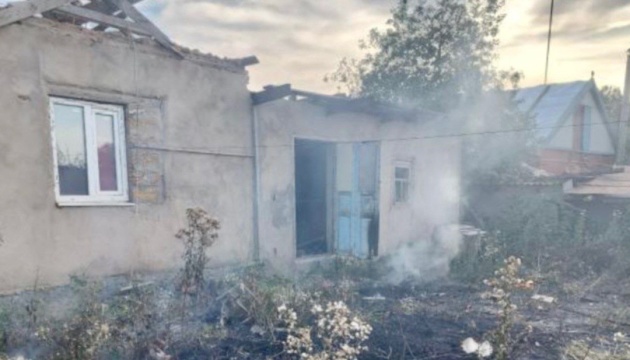

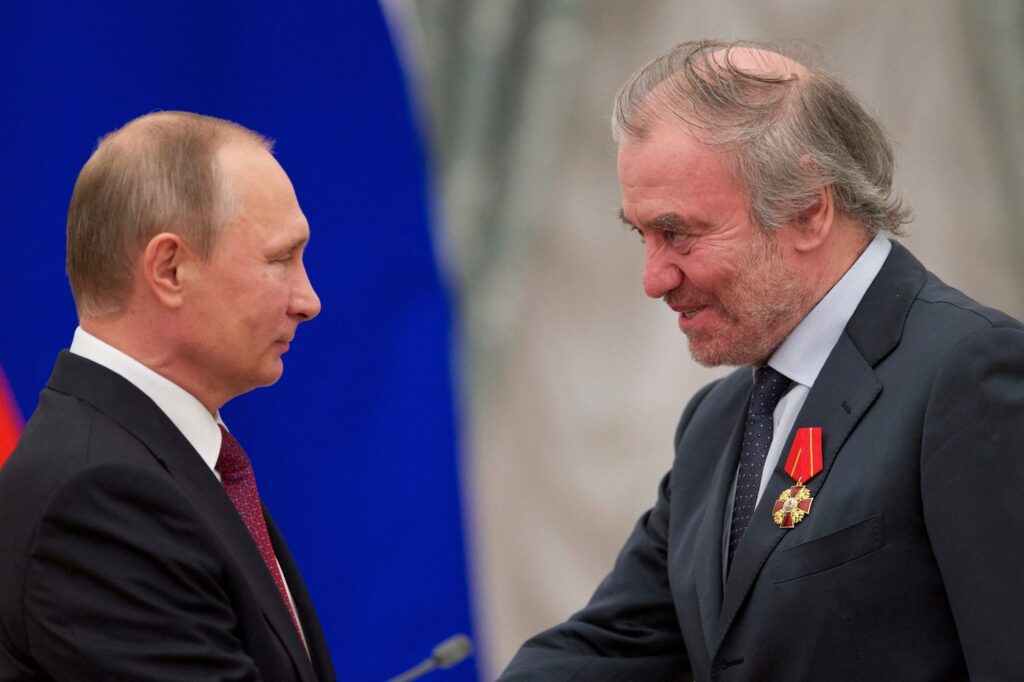
Valery Gergiev, the Russian conductor and longtime ally of Vladimir Putin, is scheduled to perform on July 27 at the Un’estate da Re festival in the Royal Palace of Caserta, Italy. Tickets are already on sale.
This marks his loud and controversial return to the European stage after years of exclusion due to his vocal support for Russia’s war against Ukraine — and, astonishingly, with the help of public funding, including European Union cohesion funds, despite the fact that Gergiev has been sanctioned in several countries.
But behind the mask of the great conductor lies something far more troubling. A recent Linkiesta investigation exposes a sophisticated network of shady foundations, fictitious companies, and significant real estate holdings spanning Venice, Milan, Rome, and the Amalfi Coast.
At its center sits a monumental estate in Massa Lubrense that allegedly hosts meetings aimed at circumventing international sanctions and diffusing Russian propaganda narratives through cultural interventions.
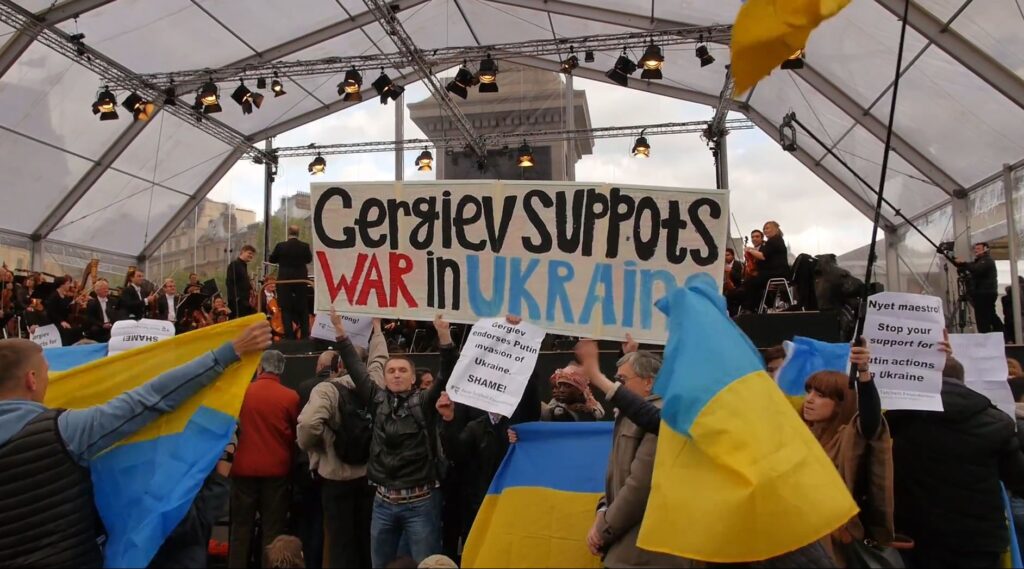
Unlike Germany, the UK, the Netherlands, and Scandinavian nations — where cultural institutions severed ties with pro-Kremlin artists — Italy has chosen a more “tolerant” or “neutral” approach. Some even echo the favorite mantra of Russian propaganda: “Art is above politics.”
Here’s a reminder of where Gergiev has been banned:
But in Italy, Gergiev seems to be welcomed with open arms — all in the name of “cultural dialogue,” even as war crimes continue in Ukraine.
Gergiev, Putin’s most loyal cultural ally who received the specially revived Hero of Labour award in 2013, has never hidden his loyalty to the Putin regime.
He publicly praised the president, supported Russia’s “great revival,” and in 2014, endorsed the annexation of Crimea. That same year, he led a concert in Moscow honoring Russia’s armed forces.
After Russia’s full-scale invasion of Ukraine in 2022, cultural leaders around the world called for a boycott of Gergiev, accusing him of direct complicity in the Kremlin’s aggression. Major orchestras and opera houses in Europe and the US dropped him. In 2022, La Scala dropped him from its programming after he refused to condemn the war in Ukraine.
His appointment to control both the Bolshoi and Mariinsky theaters wasn’t just ceremonial — it followed the ouster of Vladimir Urin, who had dared to sign an anti-war petition in 2022, making Gergiev’s loyalty even more valuable to the Kremlin.
His fondness for dictators and warlords predates Ukraine. In 2016, following the Russian and Syrian military seizure of Palmyra, Gergiev performed a highly publicized “liberation concert” among the ruins. Broadcast widely on Russian state TV, the concert served as cultural propaganda to legitimize Moscow’s role in Syria and reinforce Putin’s image as a “defender of civilization.”
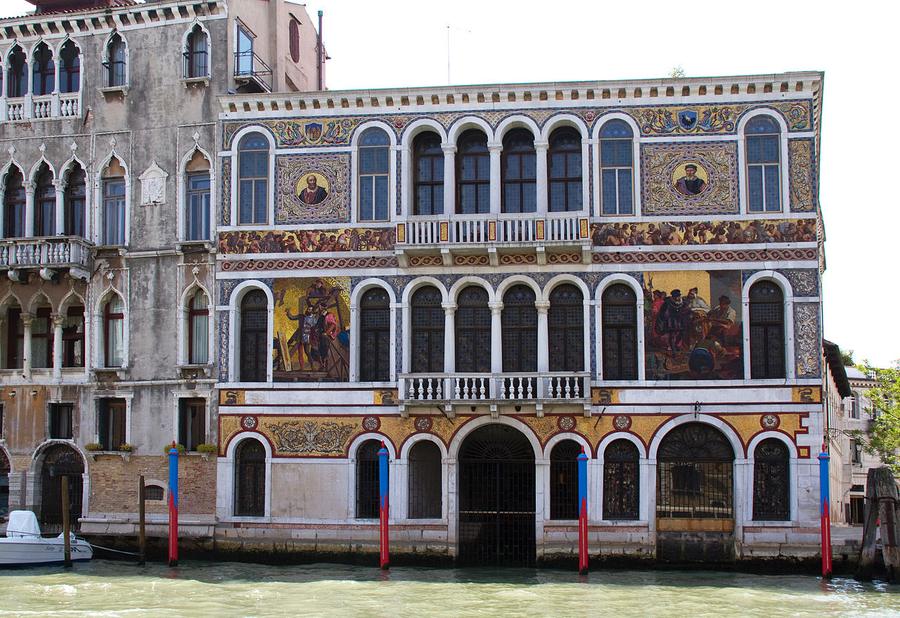
The financial mechanics behind his Italian operations reveal a more complex picture. As early as 2022, Alexei Navalny’s Anti-Corruption Foundation documented that Gergiev had diverted over 300 million rubles into personal accounts, using cultural foundations funded by Gazprombank, Rosneft, and VTB.
Gergiev owns a real estate empire in Italy, reportedly worth more than €100 million, inherited from Countess Yoko Nagae Ceschina, a Japanese harpist and philanthropist. Her will granted him the Barbarigo Palace on Venice’s Grand Canal, the historic Caffè Quadri in Piazza San Marco, an 18-room villa in Olgiate, vast land holdings in Romagna, and a villa on the Sorrento Coast.
Recently, Italy’s famous Alajmo restaurant family renewed its rental agreement for Caffè Quadri — paying Gergiev €3.5 million over seven years. This means a sanctioned Kremlin-aligned figure is directly profiting from Italy’s most prestigious public spaces.
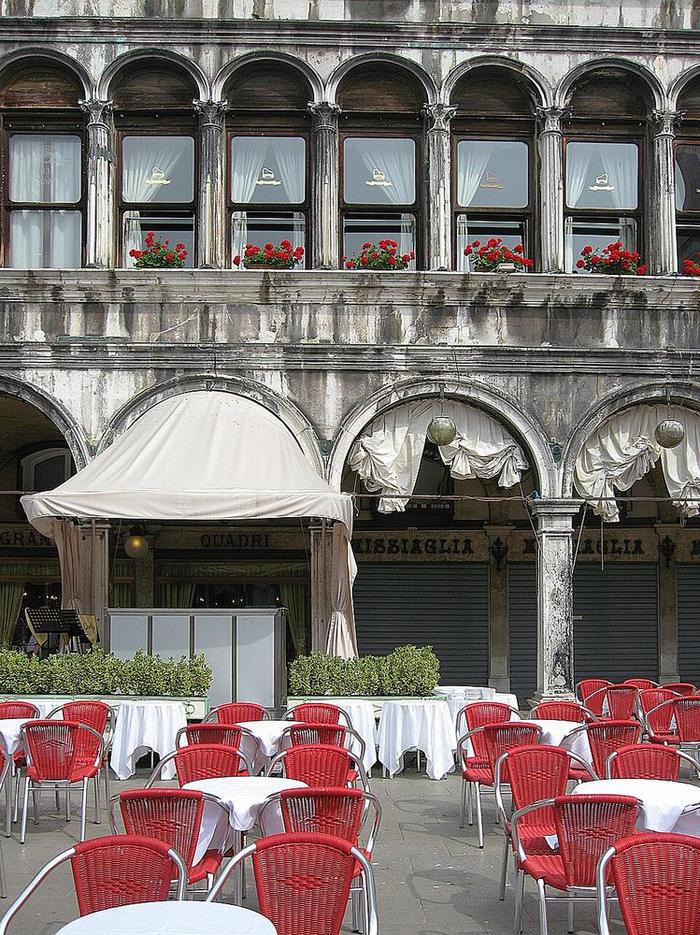
Massimiliano Coccia’s Linkiesta investigation reveals something more systematic: at least a dozen satellite companies orbiting around Gergiev’s main operations, spanning real estate, cultural, and logistics sectors across Campania, Lazio, and Lombardy.
Their common trait? Opacity. A portion of the revenue from these activities is reinvested into pseudo-cultural initiatives that bolster Russian propaganda.
And now, in July 2025, Gergiev is scheduled to perform in Campania — at a festival funded in part by the Italian government, the Campania regional administration, the Teatro Verdi in Salerno, and Italy’s Ministry of Culture. It is officially branded as a cultural initiative supported by EU Cohesion Funds (Fondi Coesione Italia 21/27).
This makes any attempt to “normalize” Gergiev’s presence even more troubling.
Gergiev himself constantly proves art isn’t neutral. Just this month, his Bolshoi Theatre closed its season with a production of Prokofiev’s opera Semyon Kotko that ended with a message glorifying Russia’s invasion of Ukraine:
“In 2014, a junta seized power in Kyiv and began repressions against its own citizens. In response, the residents of the city and region proclaimed the Luhansk People’s Republic. Instead of negotiations, the criminal Kyiv regime began the destruction of Donbas.”
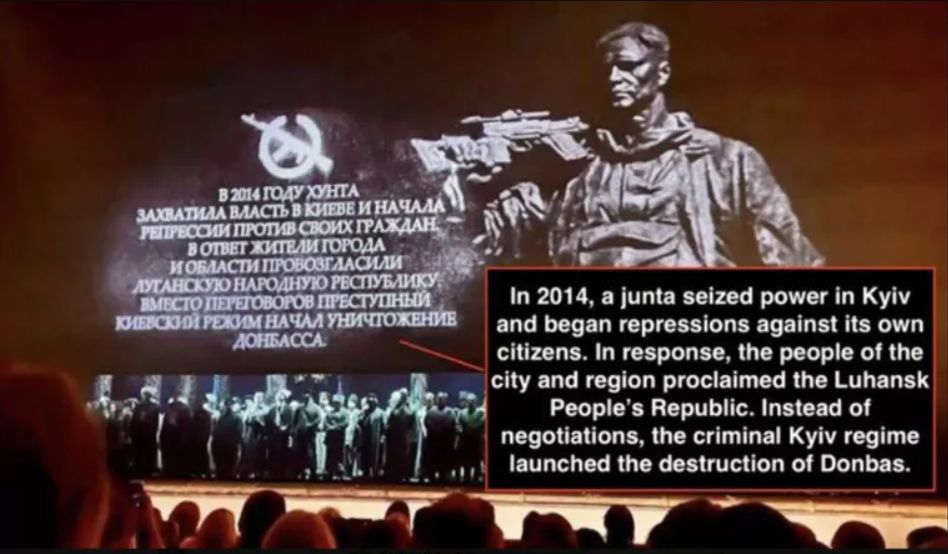
Immediately following that, the next paragraph was projected:
“In February 2022, the Russian army came to the aid of the people of Donbas, who had been fighting for their lives and freedom for eight years. As a result of a nationwide referendum, Luhansk has forever returned to being part of Russia.”
This wasn’t art — it was state propaganda using opera as a delivery system, reversing historical facts to justify war crimes. As La Repubblica noted in its coverage, Gergiev’s own theater made it explicitly clear that the opposite of “art is outside politics” is true.
And now — after three years of genocide, missile strikes on residential buildings, torture and executions of prisoners, and mass atrocities documented by international bodies — this concert in Campania becomes part of a broader trend: the normalization of brutality through culture.
At this point, let’s be clear: art is never apolitical — especially during a war. We cannot ignore the fact that Valery Gergiev is not merely a world-class conductor, but a public ally of a regime internationally accused of war crimes. His return to the European stage is not a neutral cultural gesture — it is a political act.
Gergiev’s return to the European stage is not a neutral cultural gesture — it is a political act.
Yes, in peacetime, one might argue for “separating art and politics.” But in wartime — especially a war of conquest launched in 2014 and escalated into full invasion in 2022 — such neutrality becomes complicity.
Allowing figures like Gergiev — whose regime is bombing cities, deporting children, and jailing dissidents — to perform on publicly funded stages is not just tone-deaf. It is an ethical failure.
Inviting Gergiev to Campania — with European funds — is a dangerous appeasement of Russia’s cultural offensive, which seeks to blur the line between art and propaganda.
As EU Parliament Vice President Pina Picierno rightly noted, publicly funding Putin’s allies is unacceptable. It sends the wrong signal — a signal of surrender.
While De Luca tries to mask this performance under the guise of tolerance, peace, and dialogue, Picierno confronts him with a point that is hard to refute: among the many equally famous and talented Russian musicians who have condemned the war, the Campania Region chooses Putin’s faithful friend and ally.
But the crucial question raised by investigators remains unanswered: which local entrepreneur or company proposed Gergiev’s engagement to the Campania Region? Who acted as facilitator for an event that showcases Russian power while a war rages?
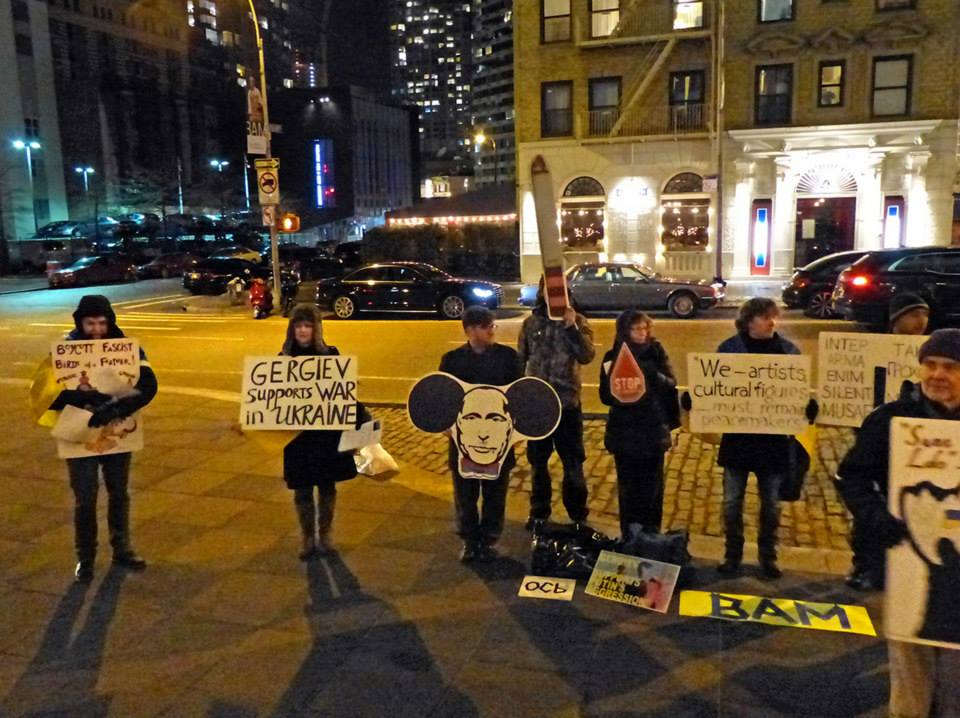
The announcement has ignited protests across Italy and abroad.
Italy’s Culture Minister withdrew approval for the concert, warning that using cultural platforms to amplify propaganda is unacceptable. Despite mounting criticism, the concert remains scheduled for 27 July, with the Caserta Police Headquarters monitoring the event through DIGOS (Italian Special Operations Unit).
There are fears that the protest, promoted by Ukrainian associations as well as Russian dissidents, could spill over into the Royal Palace. Many of the tickets for the front rows have sold out, and those who purchased them were representatives of Italian and Ukrainian associations, as confirmed by the president of one of these.
Deputy Prime Minister Antonio Tajani responded to criticism by noting that Gergiev holds a Dutch passport, so he can travel freely within the EU. The questions about how Gergiev obtained his Dutch passport while maintaining Russian citizenship have remained unanswered for almost a decade.
Russian state media is already hailing the concert as Gergiev’s triumphant “return to Europe,” claiming Italy will not cancel the event.
Once again, culture is weaponized. Since Soviet times, music, ballet, and the arts have been key tools of Kremlin messaging. The KGB had entire departments focused on shaping the regime’s image through culture.
This is not about freedom of expression. It’s about responsibility. Art can either support humanism or whitewash violence. When Gergiev conducts in war zones or imperial ruins, he’s not just waving a baton. He’s legitimizing state terror.
What message is Italy sending by supporting Ukraine politically, but welcoming Kremlin propagandists culturally?
When sanctions are among the few peaceful forms of pressure we have left, any cultural compromise becomes a form of complicity. Those who claim “art is above politics” must ask: above whose politics? Above human rights? Democracy? Solidarity?
And in the end — as always — it is the innocent who pay the price.
Editor’s note. The opinions expressed in our Opinion section belong to their authors. Euromaidan Press’ editorial team may or may not share them.
Submit an opinion to Euromaidan Press

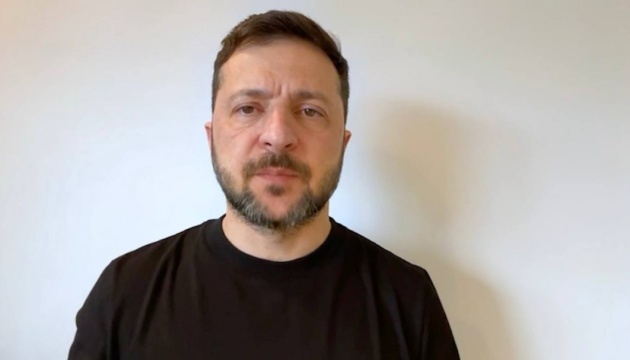
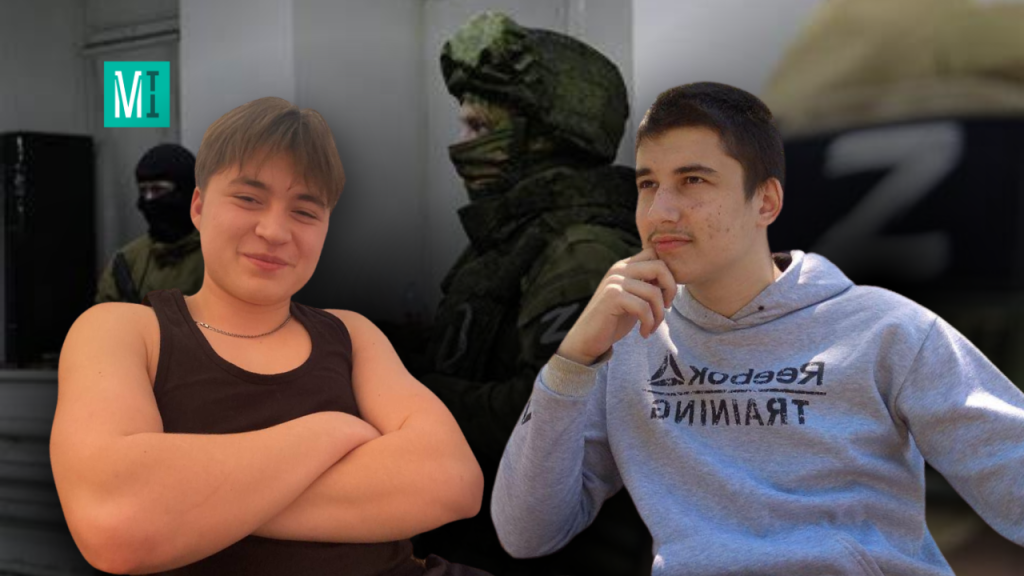
For their love for Ukraine, Tigran and Mykyta paid the highest price, their lives. President of Ukraine Volodymyr Zelenskyy has signed a decree awarding the Order of Freedom to 16-year-olds Tigran Ohannisian and Mykyta Khanganov, Ukrainian teenagers killed by Russian soldiers in occupied Berdiansk.
On social media, Ohannisian managed to publish a video reportedly before being shut down by snipers, in which he says: “Two for sure. That’s it, this is death. Guys, goodbye! Glory to Ukraine!”
After the full-scale invasion and occupation of the city, the boys stayed home. They were friends, and both openly supported the Ukrainian cause.
Ohannisian was repeatedly persecuted by the occupying authorities: he was abducted from his home, tortured, abused, subjected to electric shocks, and mock executions. He was arrested, beaten, and forced into silence.
Khanganov was targeted for arrest as early as October 2022. The occupiers interrogated him and his father, fabricated a case accusing him of “railway sabotage,” and searched their home. He was charged with a crime punishable by up to 20 years in prison in Russia.
In 2023, both boys were accused of “preparing sabotage.” Tigran was interrogated and tortured for five days as the occupiers tried to force a confession.
The European Parliament passed a resolution demanding the release of Tigran and Mykyta, but the occupiers ignored the calls of the international community. On 24 June 2023, Russian forces executed the boys.
Ombudsman Dmytro Lubinets reported that Russia still refuses to return their bodies to the parents or to Ukraine. Available information suggests the occupiers buried the teenagers in secret, without notifying the families.
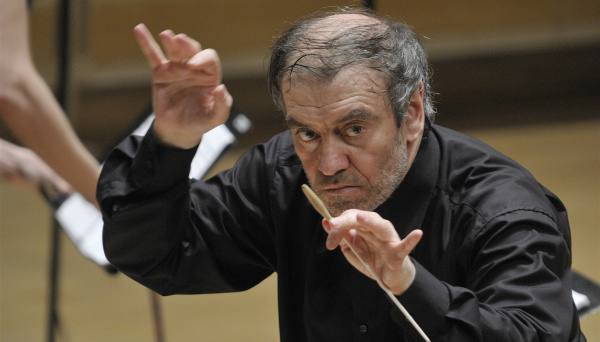
The Ukrainian community in Italy has called to cancel the concert of Russian conductor Valery Gergiev, scheduled for 27 July at the Royal Palace of Caserta, a UNESCO World Heritage site. Gergiev publicly supports the Russian regime and its military aggression against Ukraine.
The community has sent a letter to UNESCO Director-General Audrey Azoulay, Dr. Antonio Patuelli, Chair of the Italian National Commission for UNESCO, and the Italian Minister of Culture, Alessandro Giuli.
The activists emphasize that Gergiev’s support “goes beyond the realm of art” and includes public acts that legitimize a regime responsible for war crimes, the deportation of children, attacks on civilian infrastructure, and on Ukraine’s cultural heritage, which is also under UNESCO protection.
Ukraine’s Defense Intelligence: Russia loots ancient treasures from Crimea’s UNESCO heritage site
“Ukrainians view UNESCO as the last line of defense for fundamental values: memory, truth, and respect, all of which the Russian government blatantly disregards,” the letter continues.
The Ukrainian community continues, “How can an institution that safeguards the dignity and memory of nations allow one of its protected sites to host an artist who has become a global symbol of military propaganda?”
“How can it ignore how deeply offensive this decision is to the victims of the conflict, to the Ukrainian people, and to all those fighting for peace and justice worldwide?” the activists say.
The letter also argues that holding Gergiev’s concert at a historical site like the Palace of Caserta contradicts UNESCO’s principles of protecting peace, cultural heritage, and solidarity among peoples.
Ukrainian supporters to rally in Bologna after Russian propaganda found in Italian textbooks
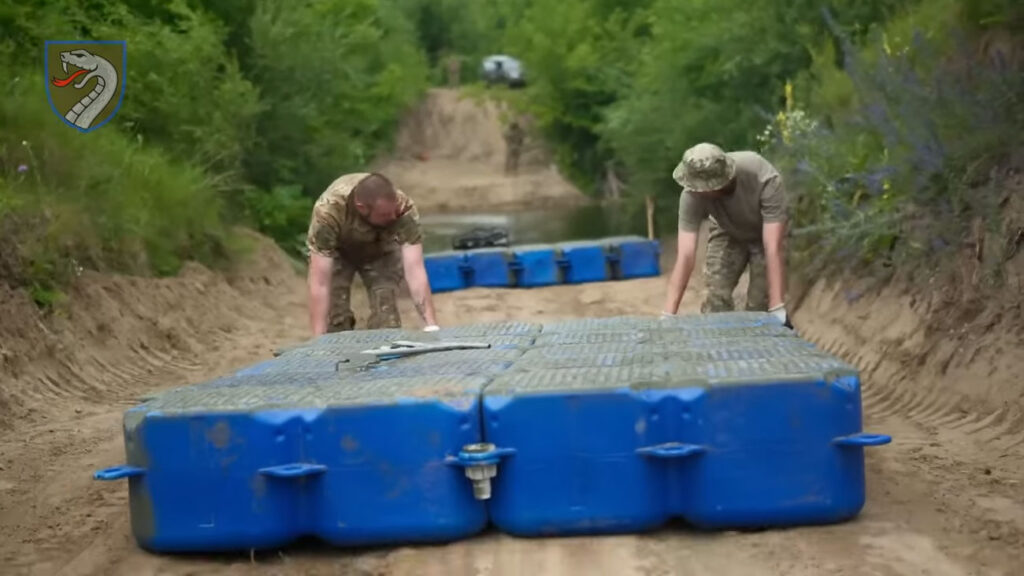
Engineers from Ukraine’s Steppe Brigade are fielding modular plastic bridges that deploy in just 15 minutes, giving troops rapid mobility across rivers in active combat zones. This rapid frontline bridge deployment offers a major tactical edge as Ukrainian units face constant maneuver demands on the front.
Militarnyi reports that the 61st “Steppe” Mechanized Brigade has begun using a new system of plastic pontoon bridges composed of modular floating cubes. The brigade reported that the system has already shown its effectiveness at multiple positions along the frontline. It was first used during the Kursk operation in Russia, where it allowed fast movement of infantry and light vehicles.
Brigade engineers say the system’s greatest strengths are its speed and adaptability. The plastic pontoon bridge is designed to transport infantry and light equipment.
“Mobility, fast deployment, and structural reliability let our units stay one step ahead of the enemy,” the brigade noted.
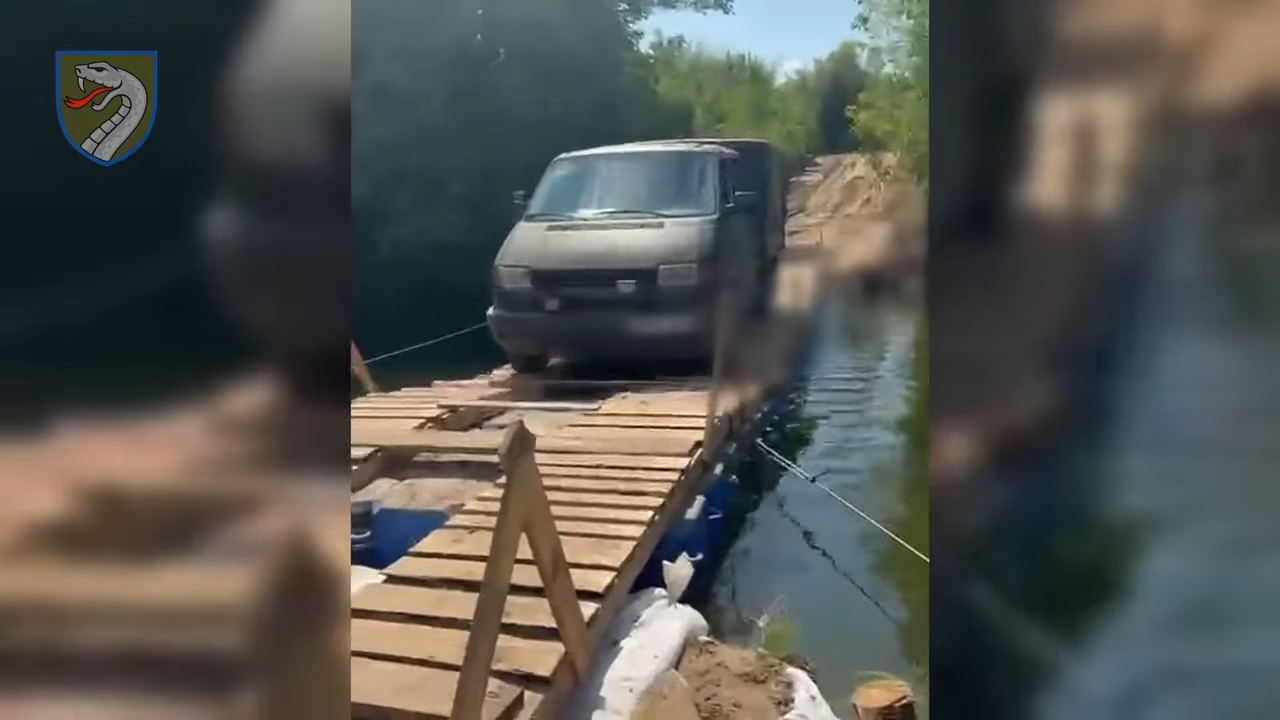
Each pontoon crossing is constructed from interlocking plastic modules that float independently and connect through a specialized fastening system. This design makes it easy to change the length or shape of the bridge and replace any damaged cubes after shelling.
The plastic cubes are produced by a Ukrainian manufacturer, which emphasizes the system’s ability to work in any location and under any weather conditions.
“Our floating structures can be used in any region and on any water body. They are easy to assemble, even in adverse weather,” the manufacturer stated.
The construction is resistant to freezing, tidal surges, and storm conditions. It also does not freeze into ice during winter, a key feature for year-round combat use. For vehicle crossings, engineers add wooden decking to support the weight of light military equipment.
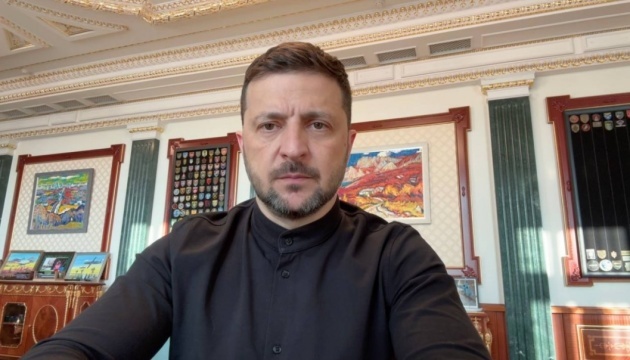
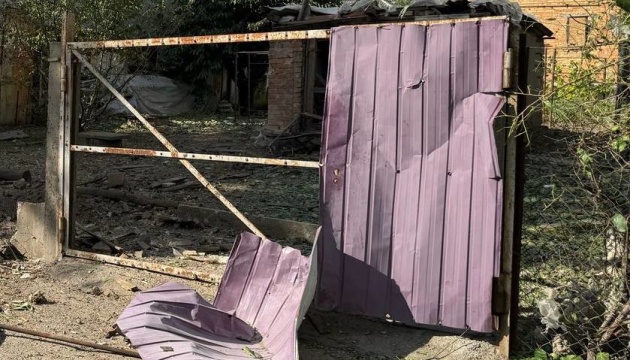
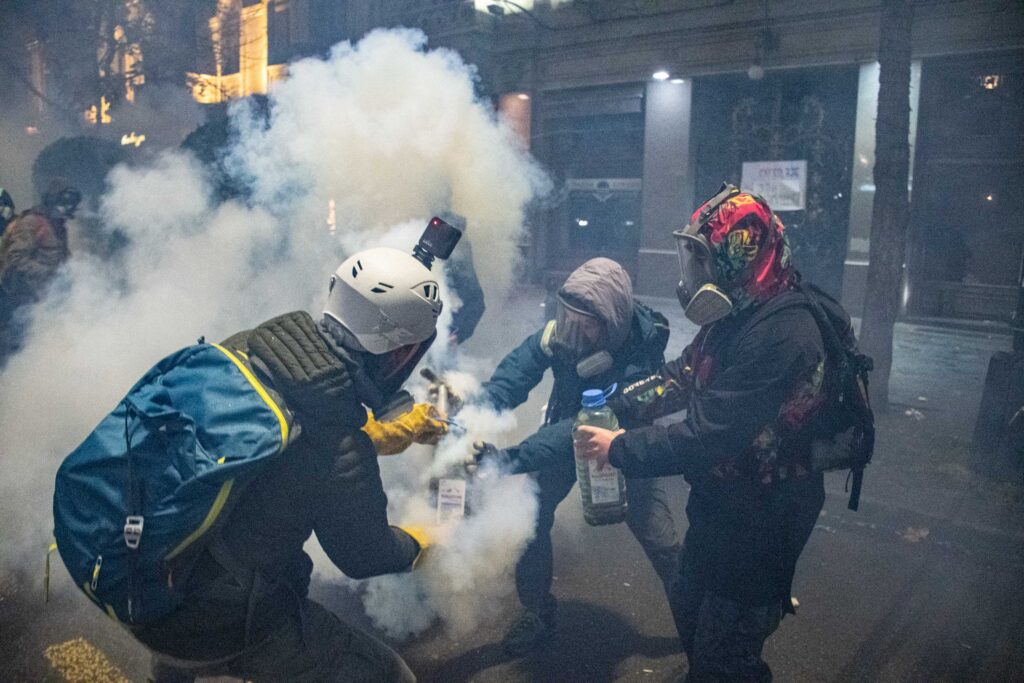
The European Parliament has declared that Georgia will not be able to join the European Union until its government abandons its authoritarian path.
The bloc does not recognize the country’s current government, the ruling party Georgian Dream, as legitimate due to widespread violations during the parliamentary elections on 26 October 2024. According to the EU, these elections were rigged and did not meet democratic standards. Consequently, Georgia’s EU accession process is effectively suspended until free and transparent elections take place.
“Georgia cannot join the EU until its government changes its authoritarian course. The European Parliament stands with the Georgian people. Parliament does not recognise Georgia’s current government and says its EU path is effectively suspended until fair elections happen,” it says in a statement on X.
The authorities have harshly suppressed protests that erupted after the elections and have continued for over eight months, employing repression against activists and political opponents.
The country’s power remains concentrated in the hands of the pro-Russian Georgian Dream party. The European Parliament also supports former President Salome Zourabichvili as the legitimate leader.
Despite an official pro-European integration stance, the government is working to deepen relations with Moscow, particularly in the security and economic spheres. Approximately 20% of Georgia’s territory is currently occupied, namely Abkhazia and South Ossetia, where Russian troops are present.
Georgian society has been actively protesting since late 2024 for more than eight months against a regime that fails to meet European and democratic standards. People demand new, honest elections, the release of political prisoners, and the country’s return to the European path.
The European Parliament continues to support the people of Georgia, but stresses clearly that without fundamental changes in the political system, including a rejection of authoritarianism and the restoration of democracy, the EU cannot admit Georgia as a member.
In response to the protests and European statements, Russia publicly accuses the West of interfering in Georgia’s internal affairs, supporting “color revolutions,” and attempting to increase informational and political pressure to maintain its influence.
Thus, without transforming the Georgian government and conducting free elections, Georgia’s prospects for EU membership remain blocked indefinitely, while its society continues to fight for a European future.